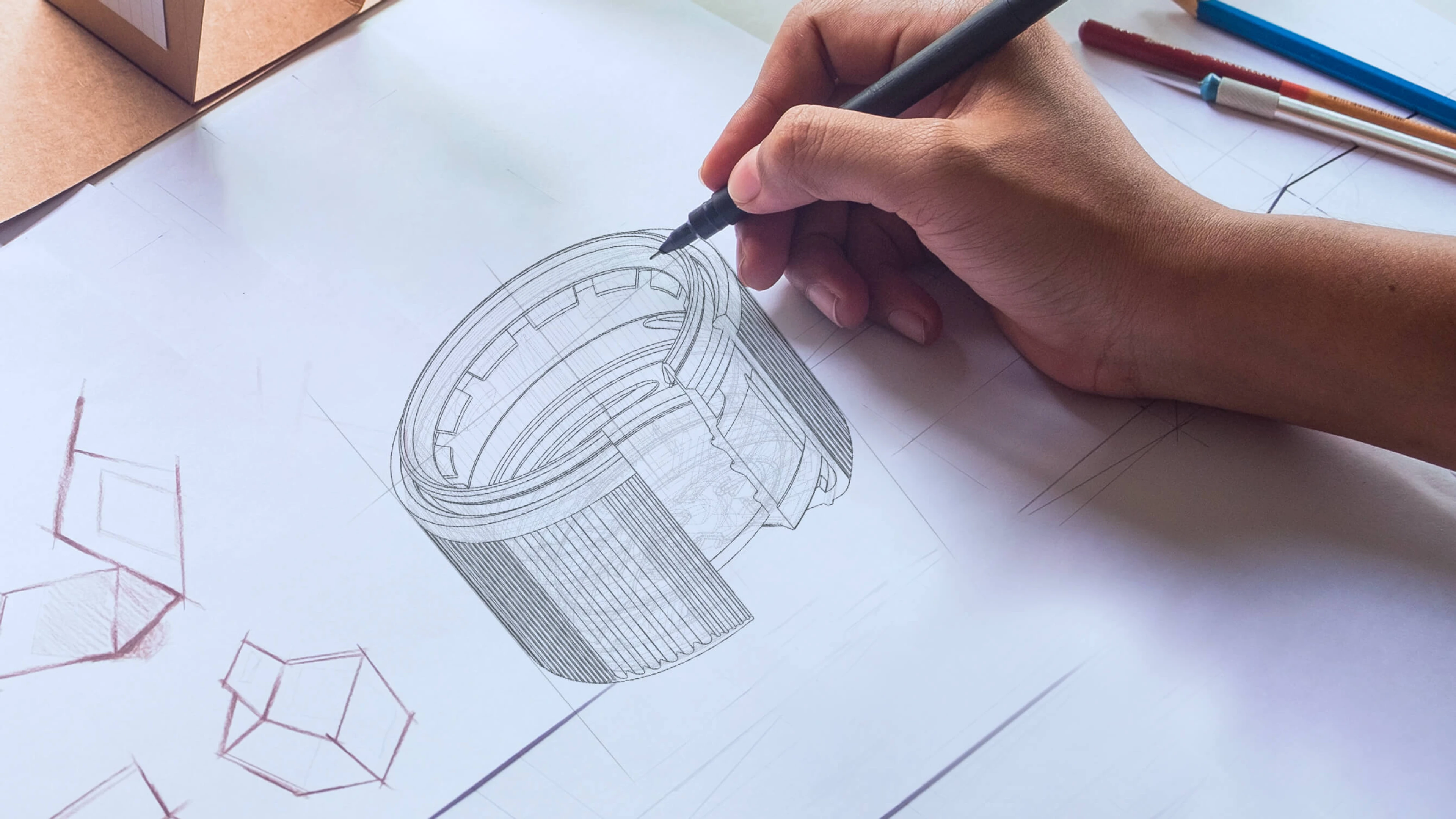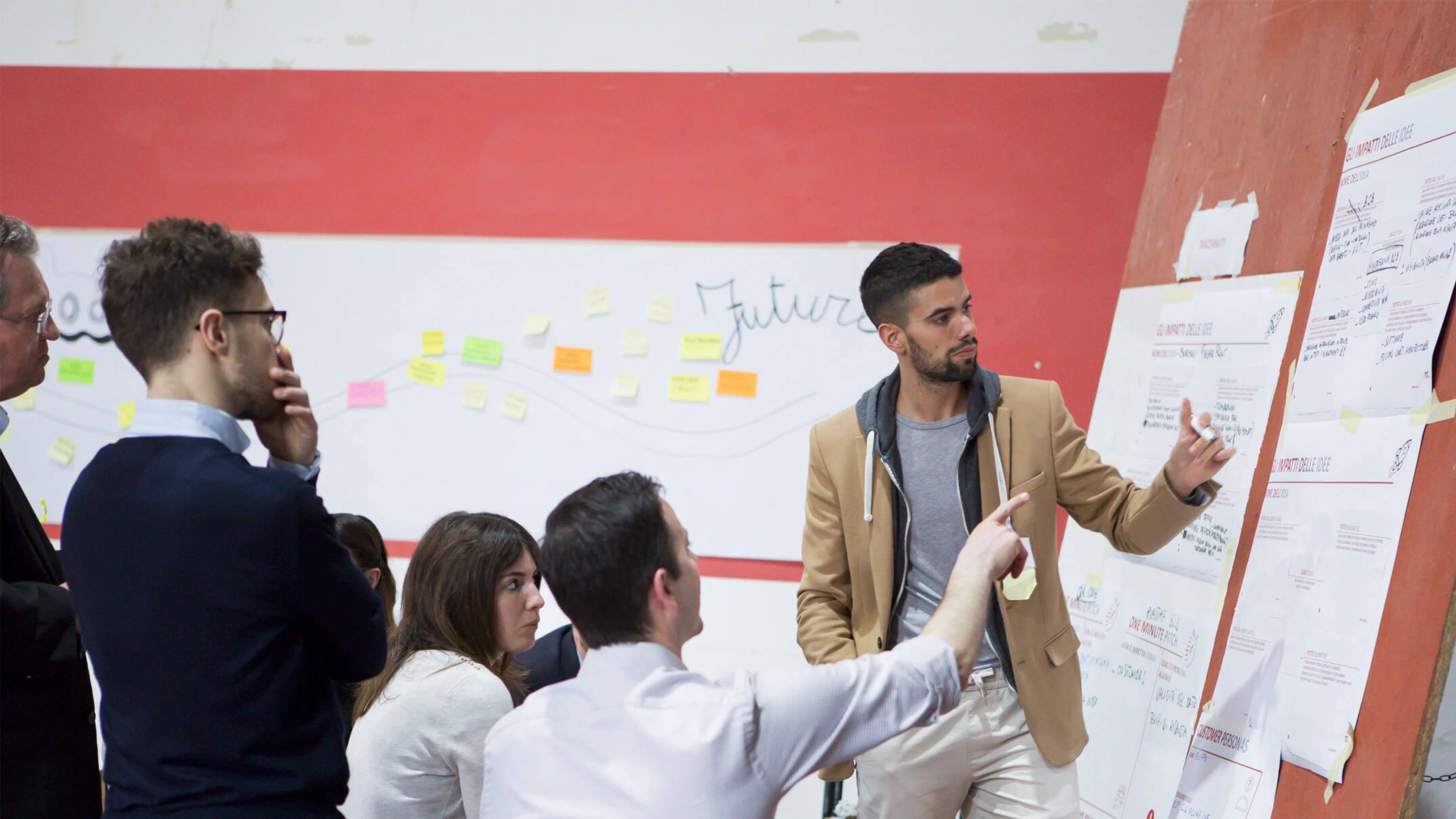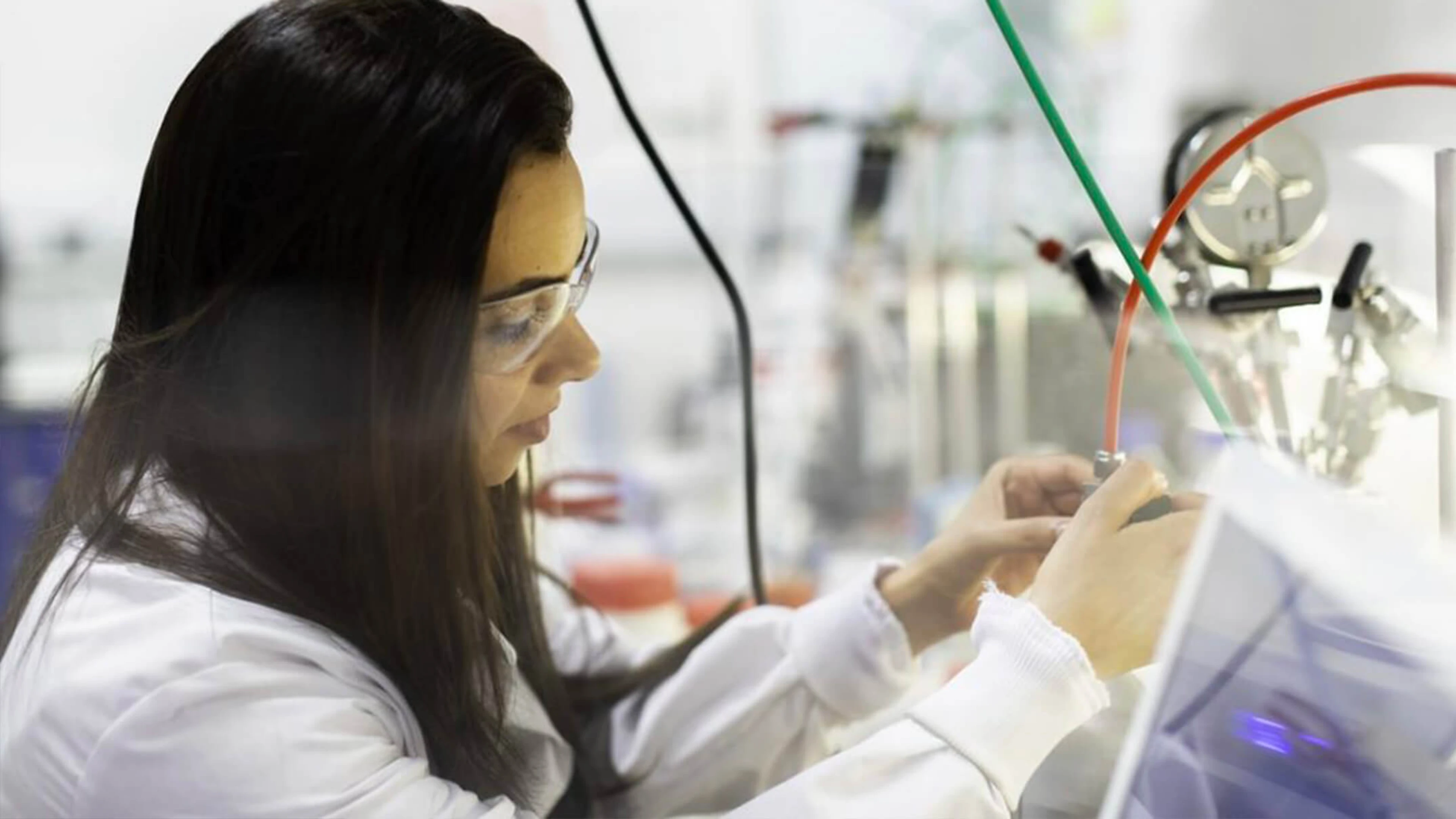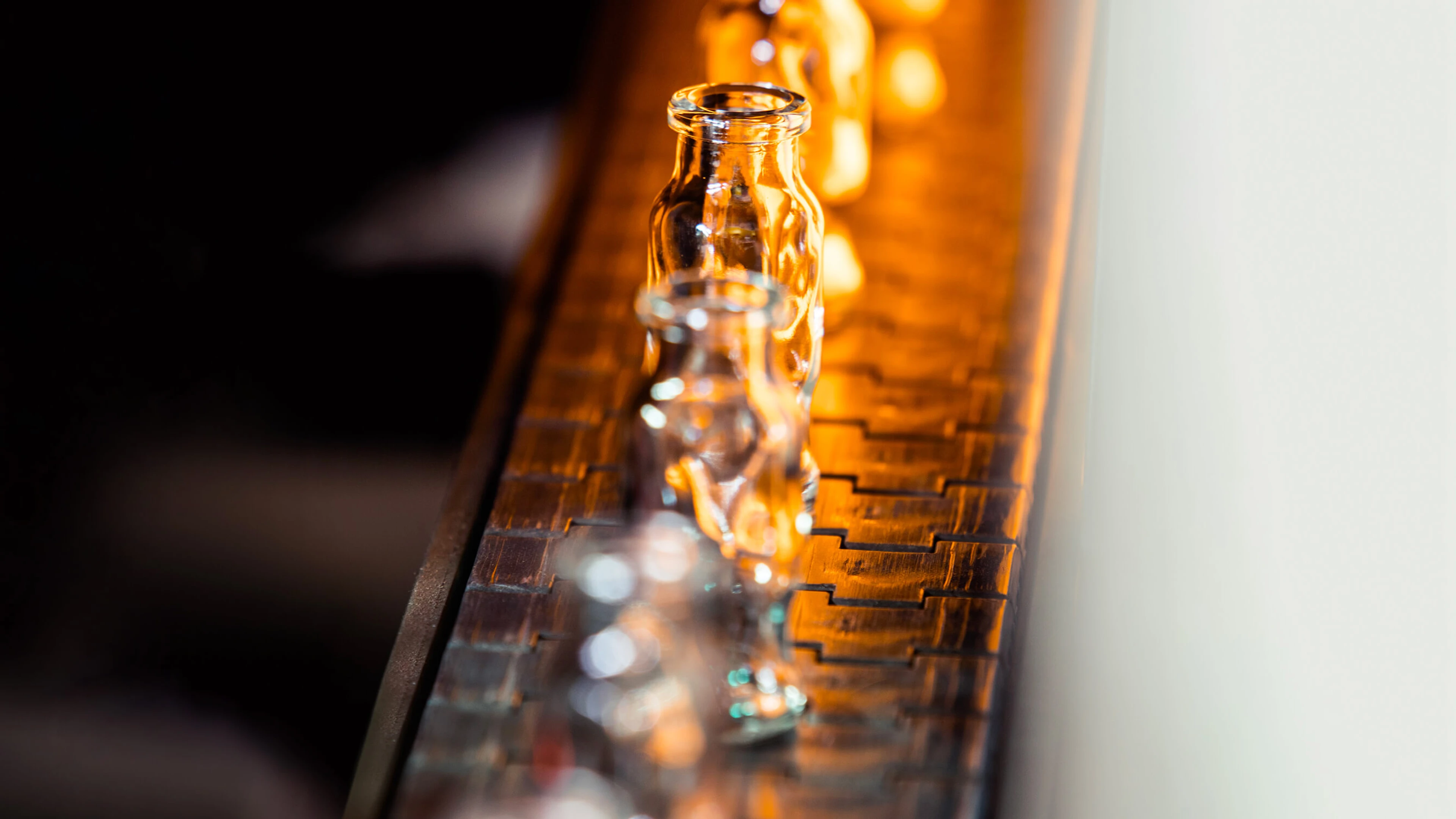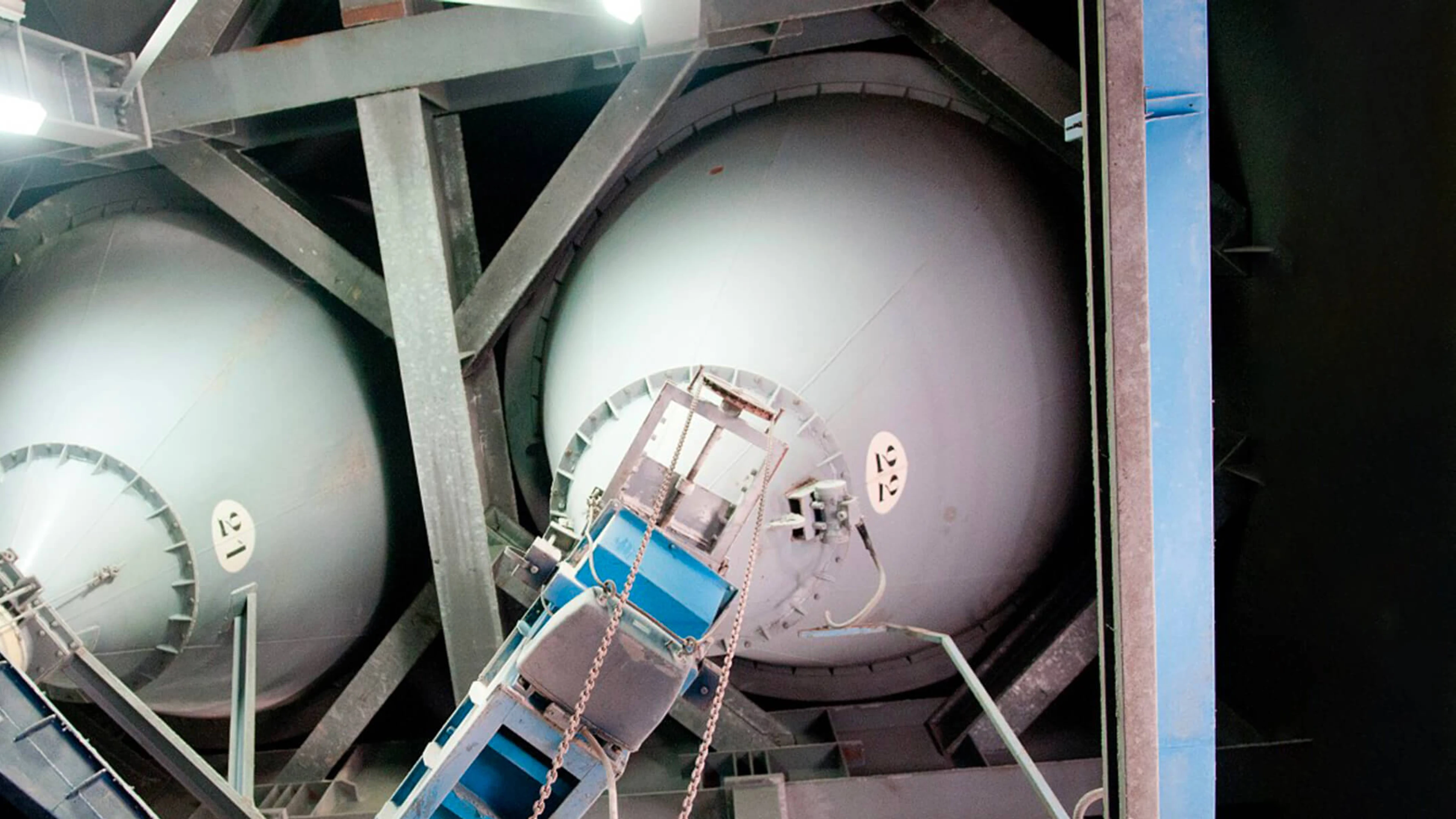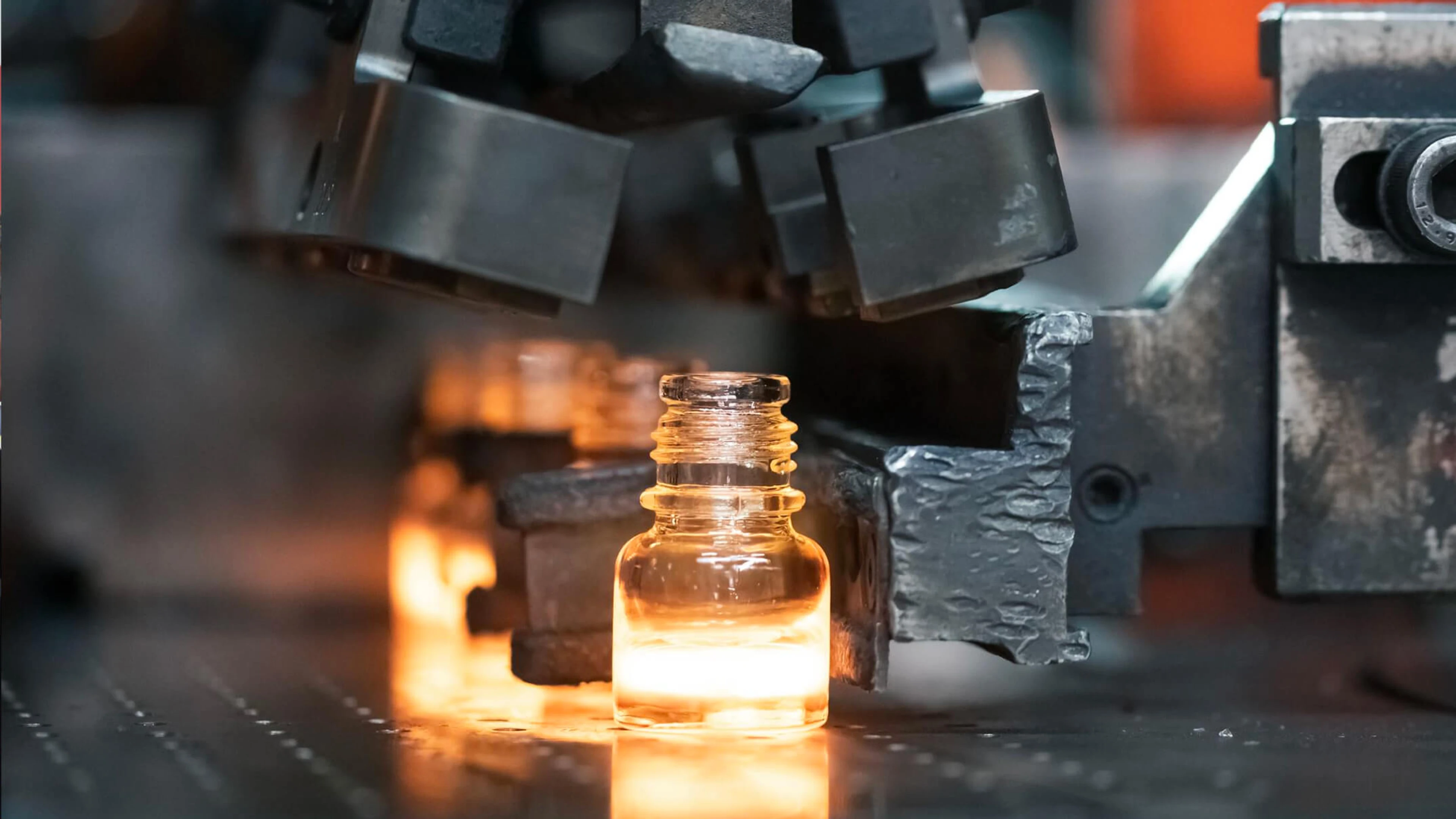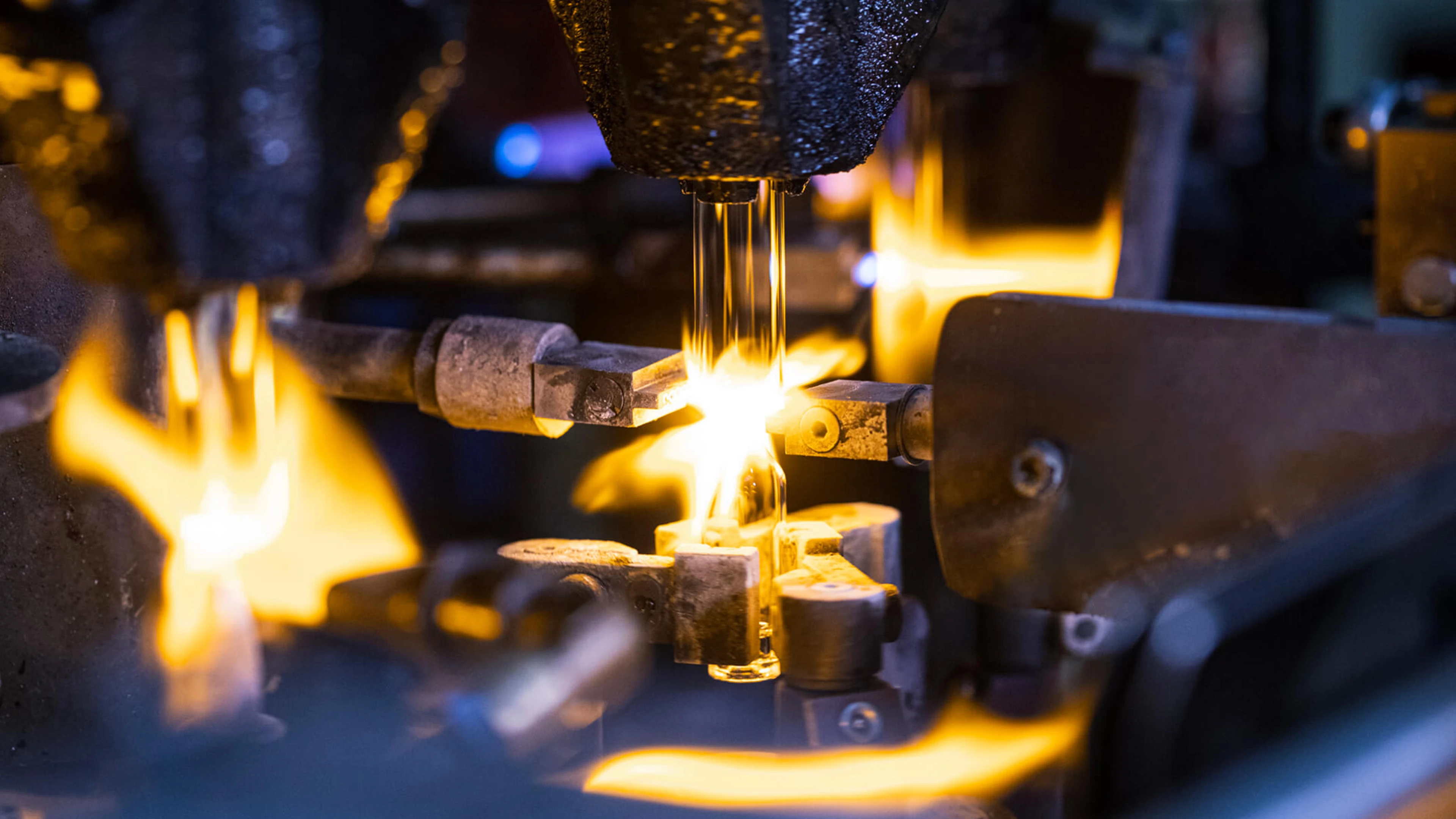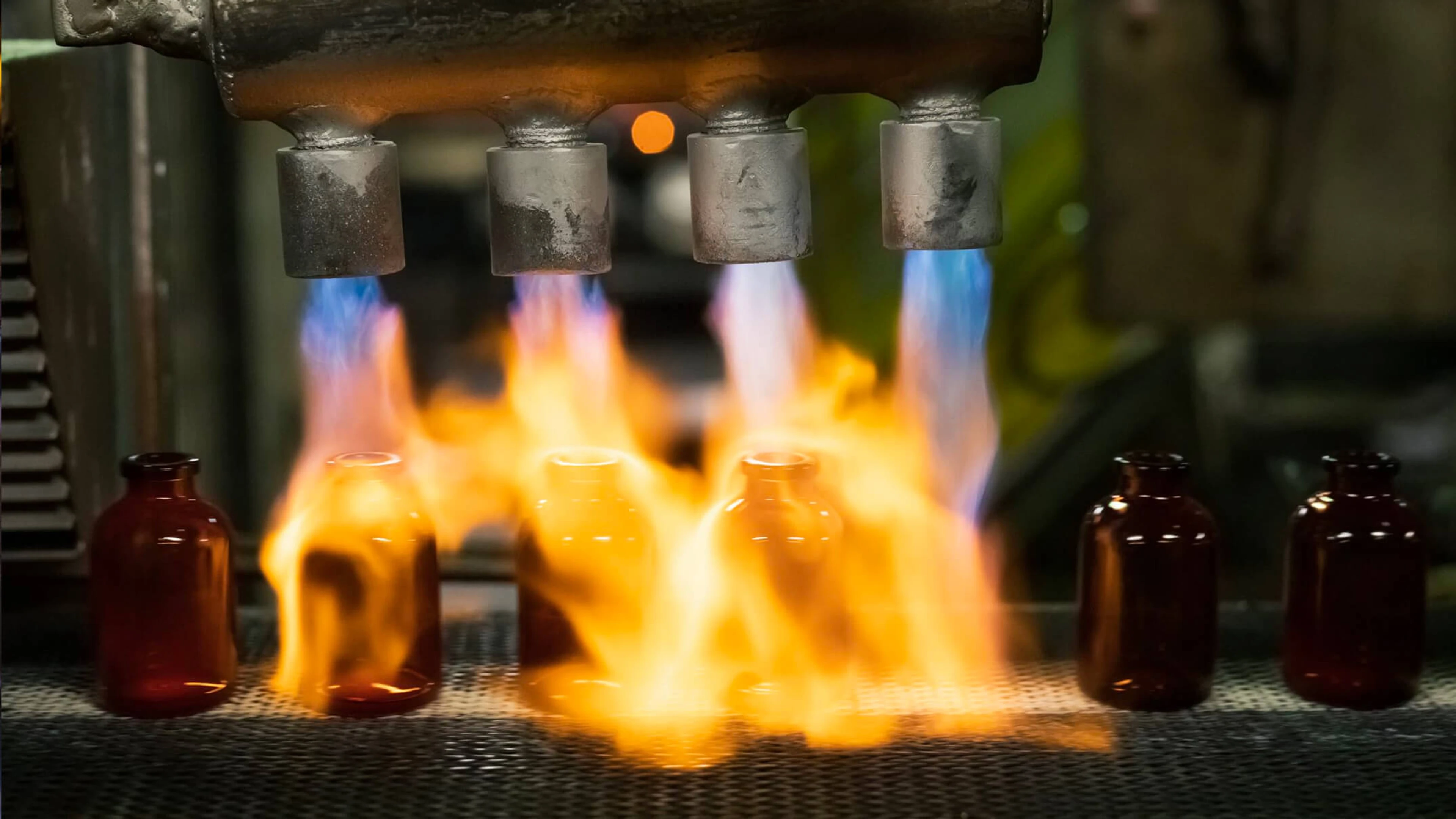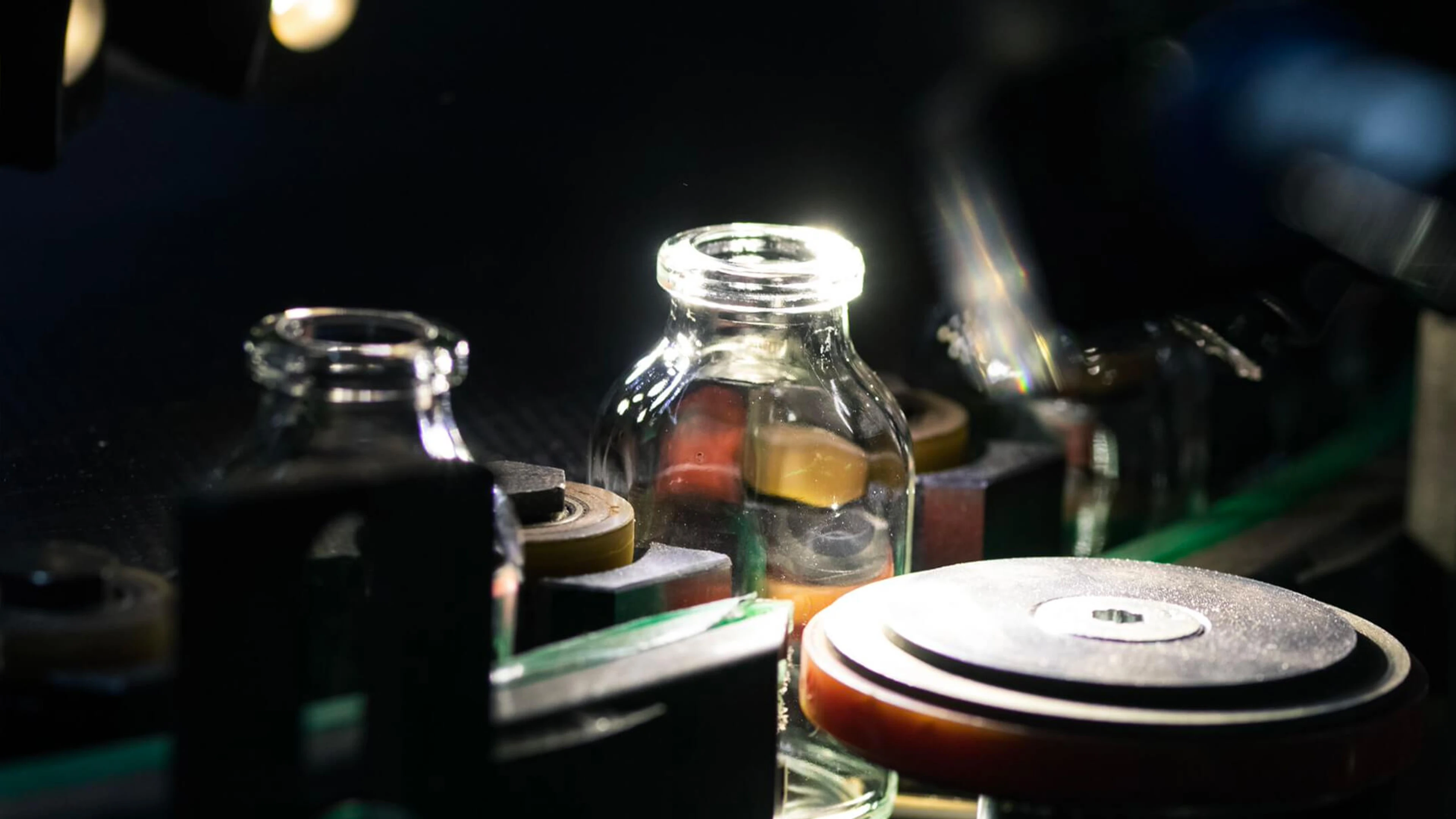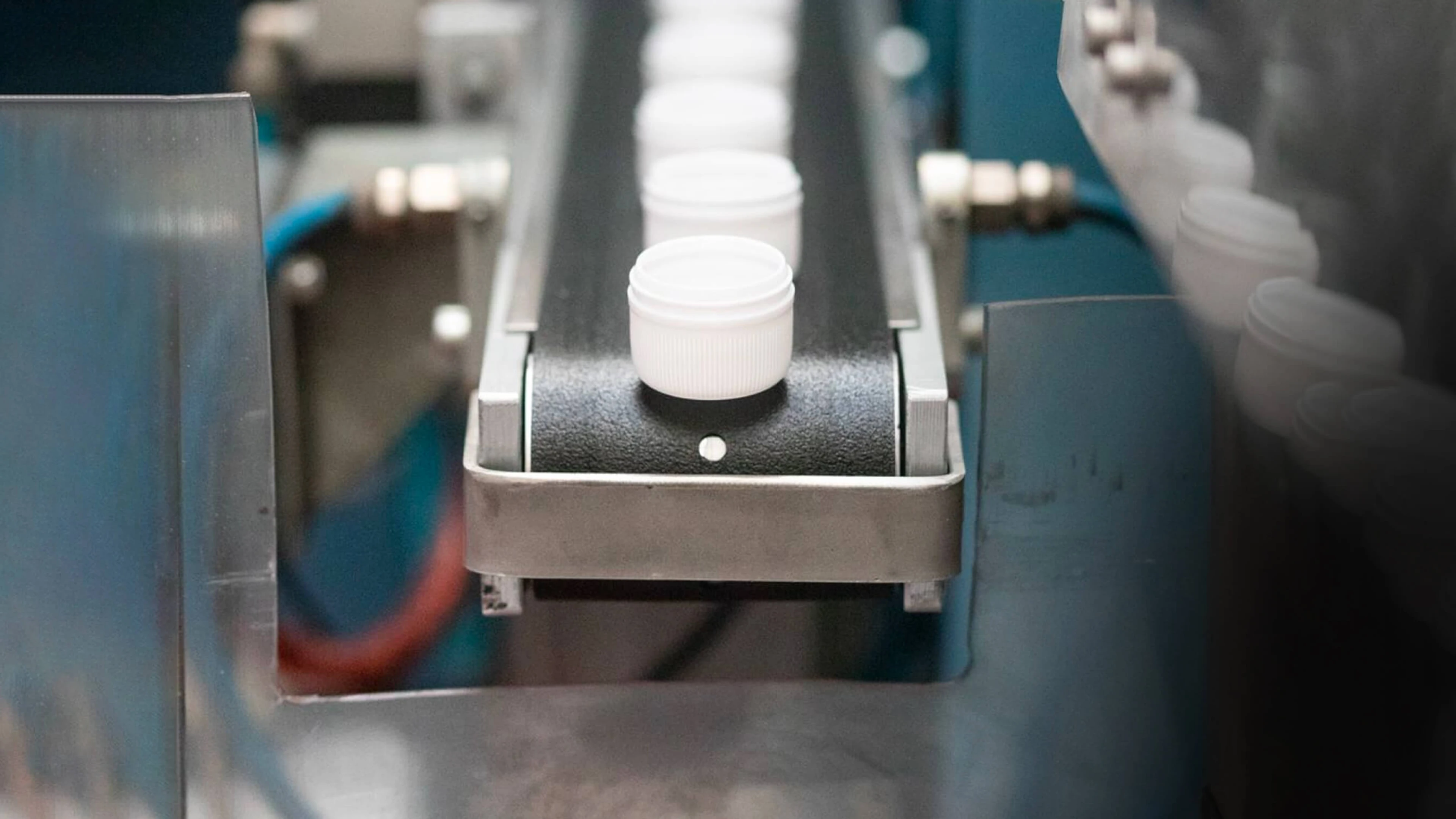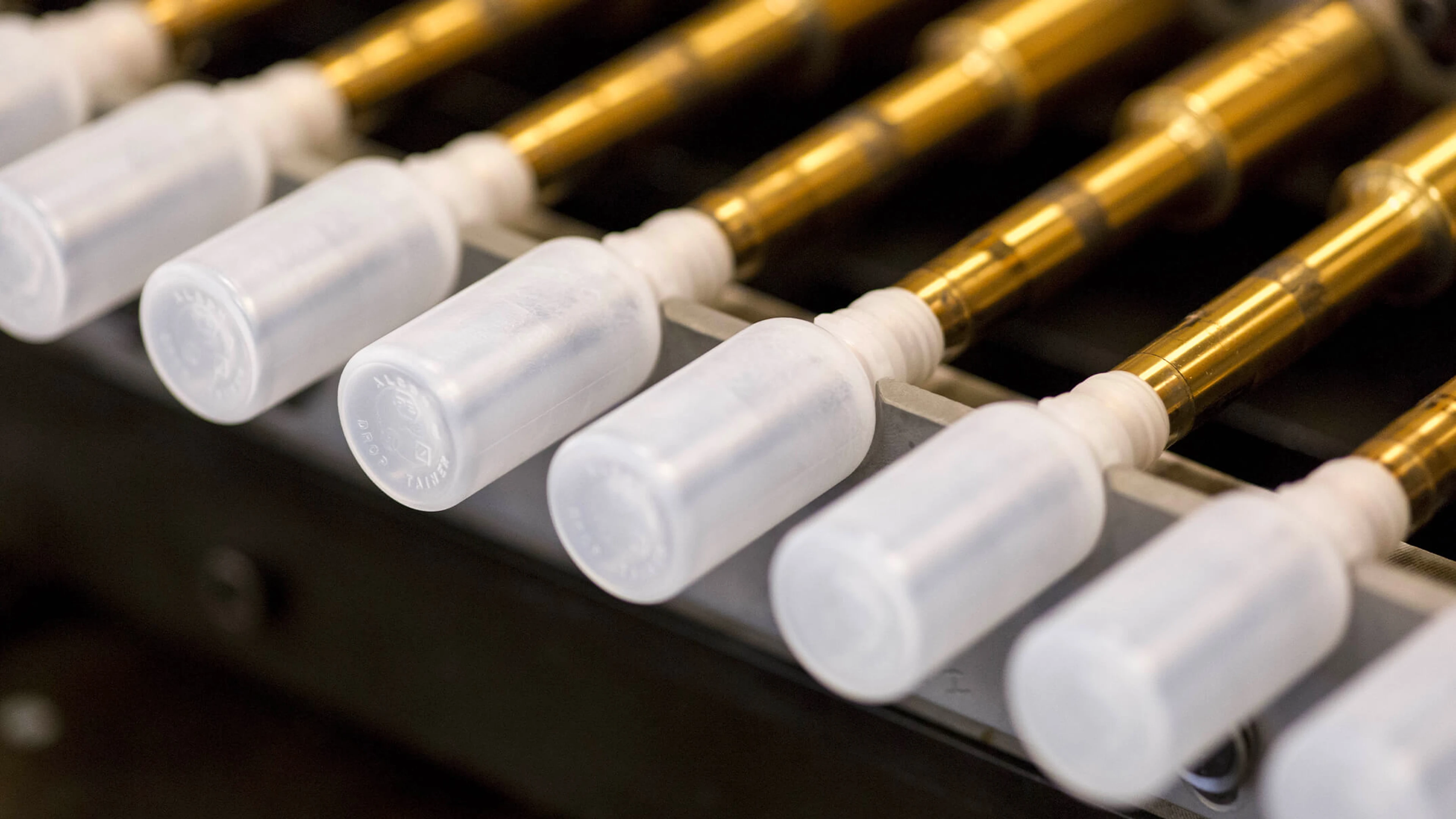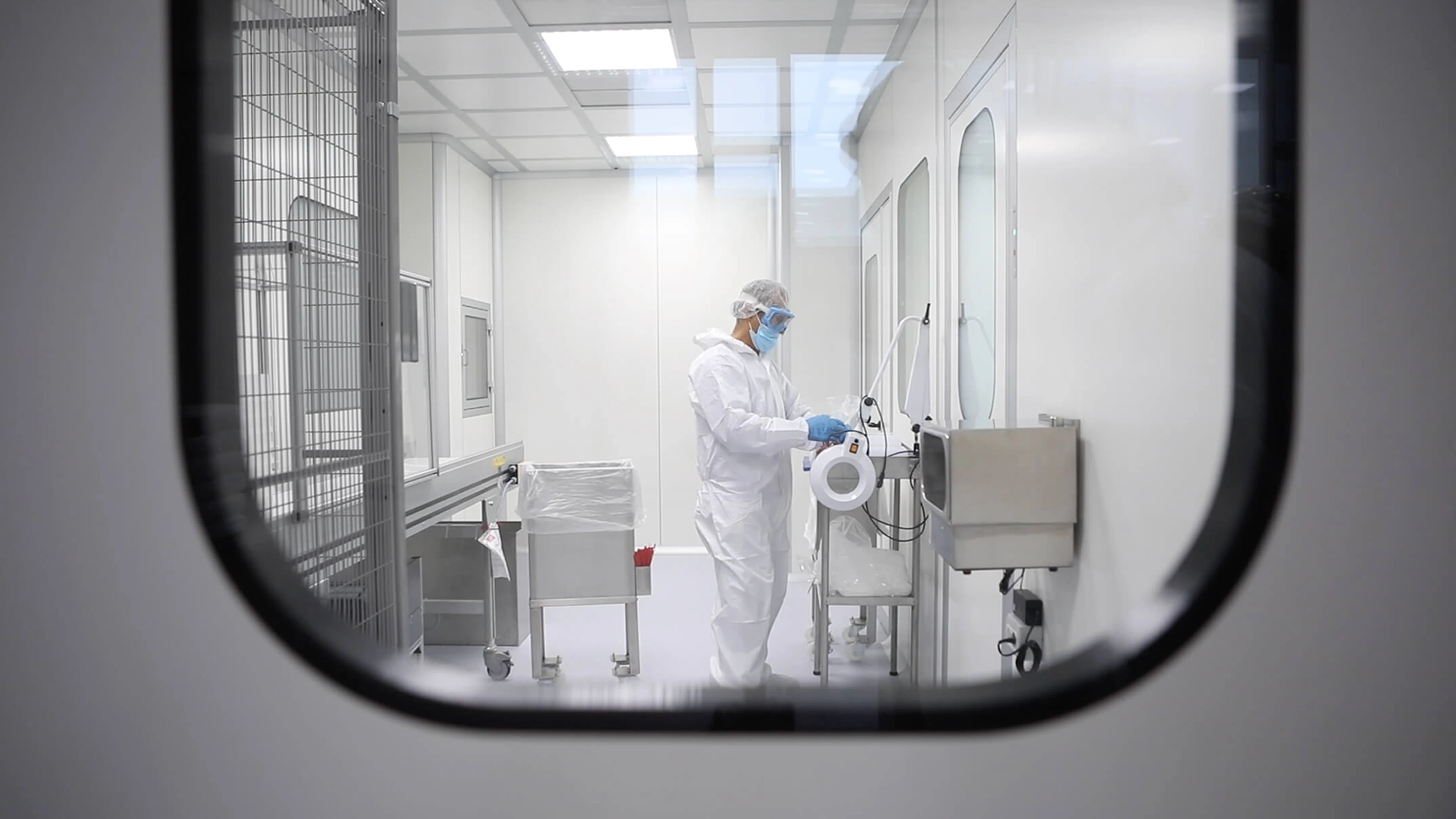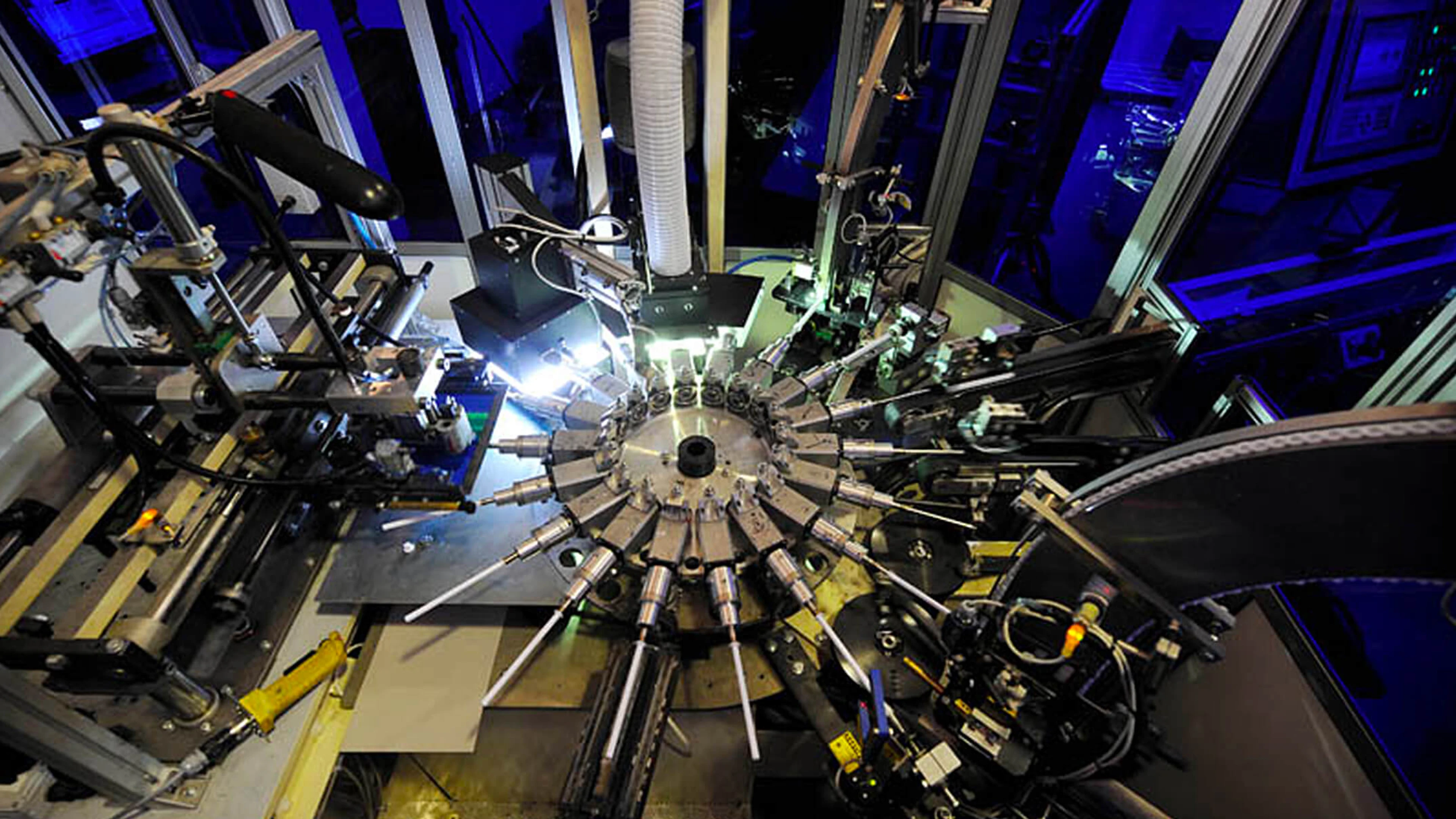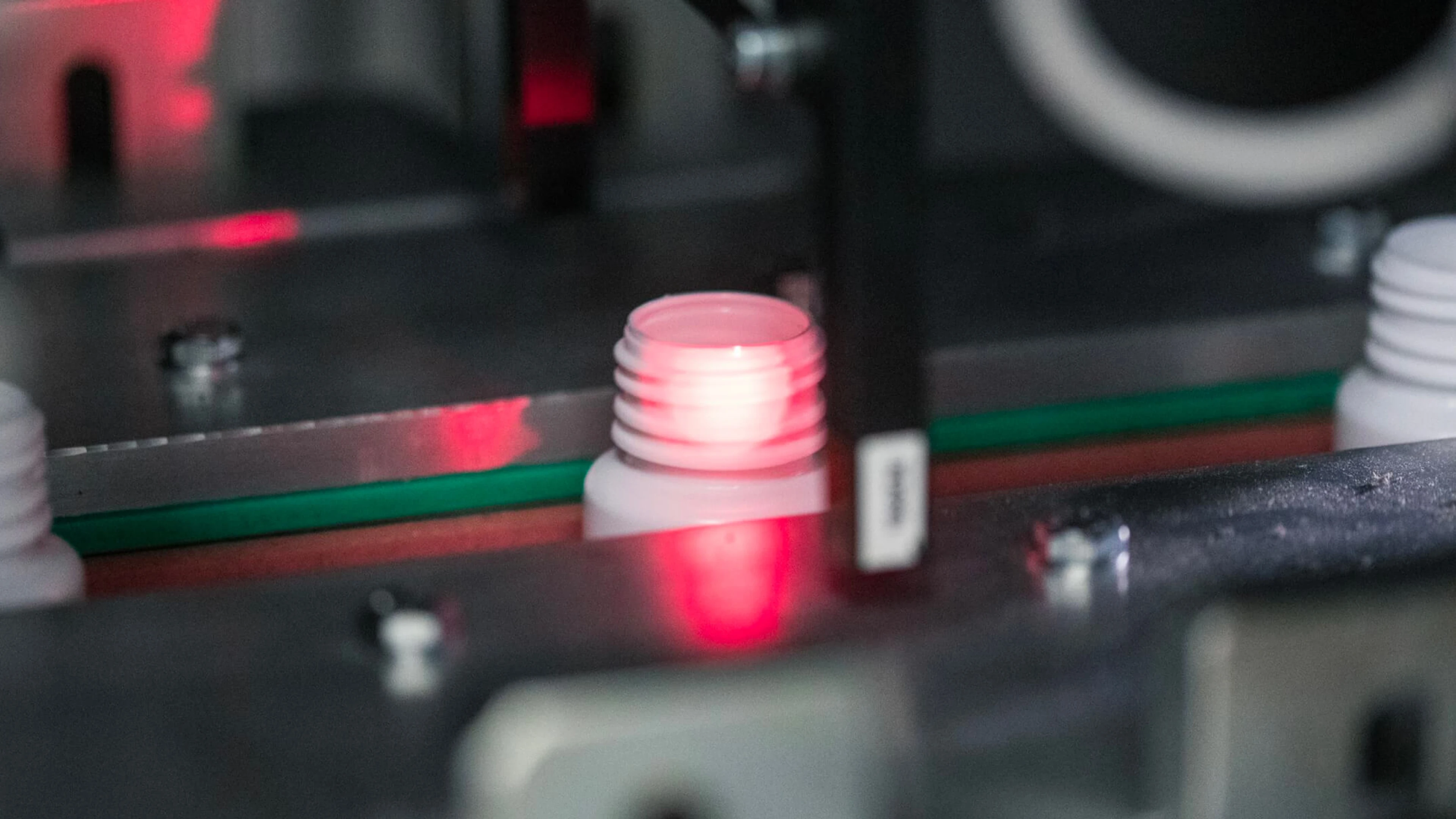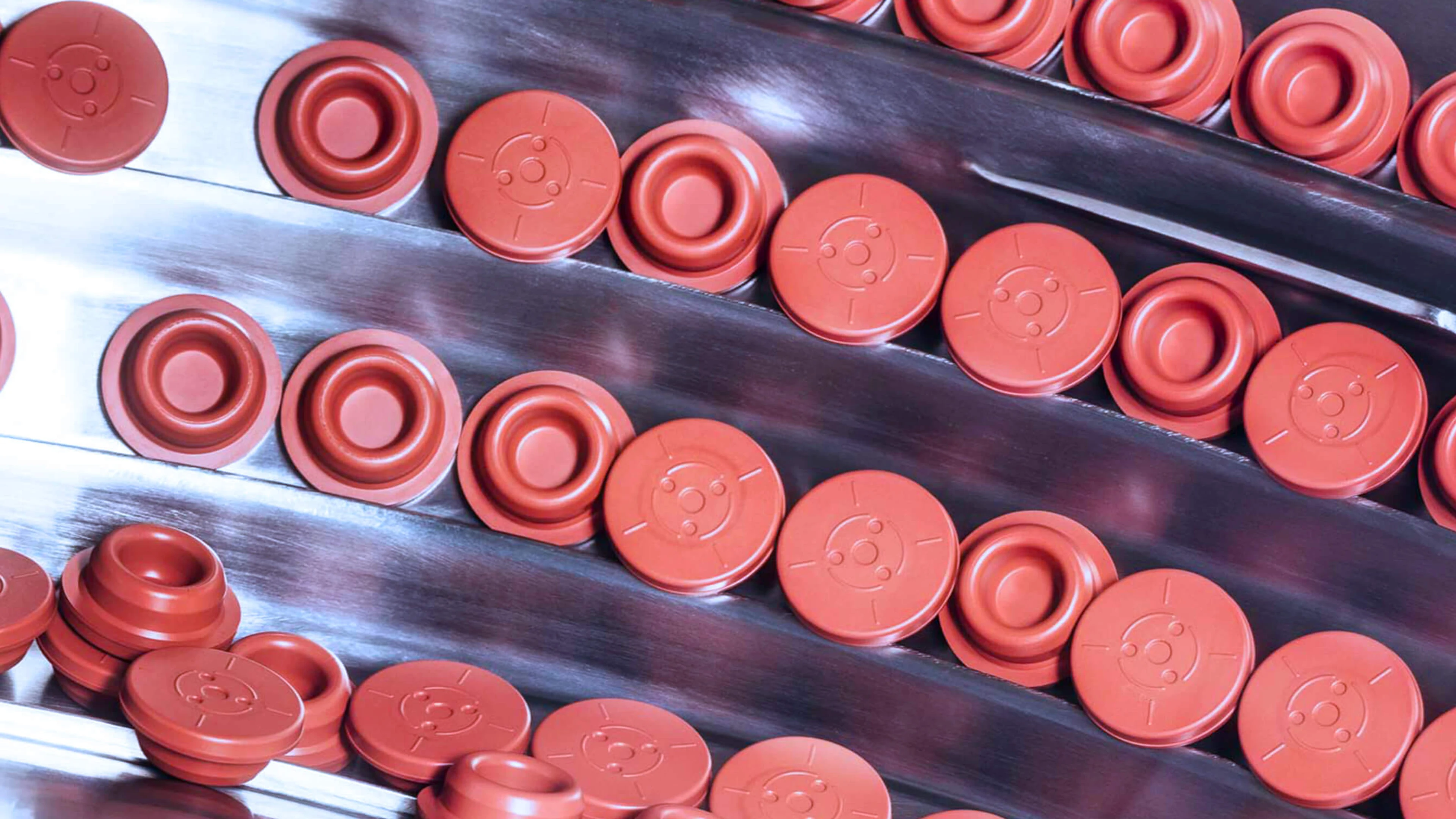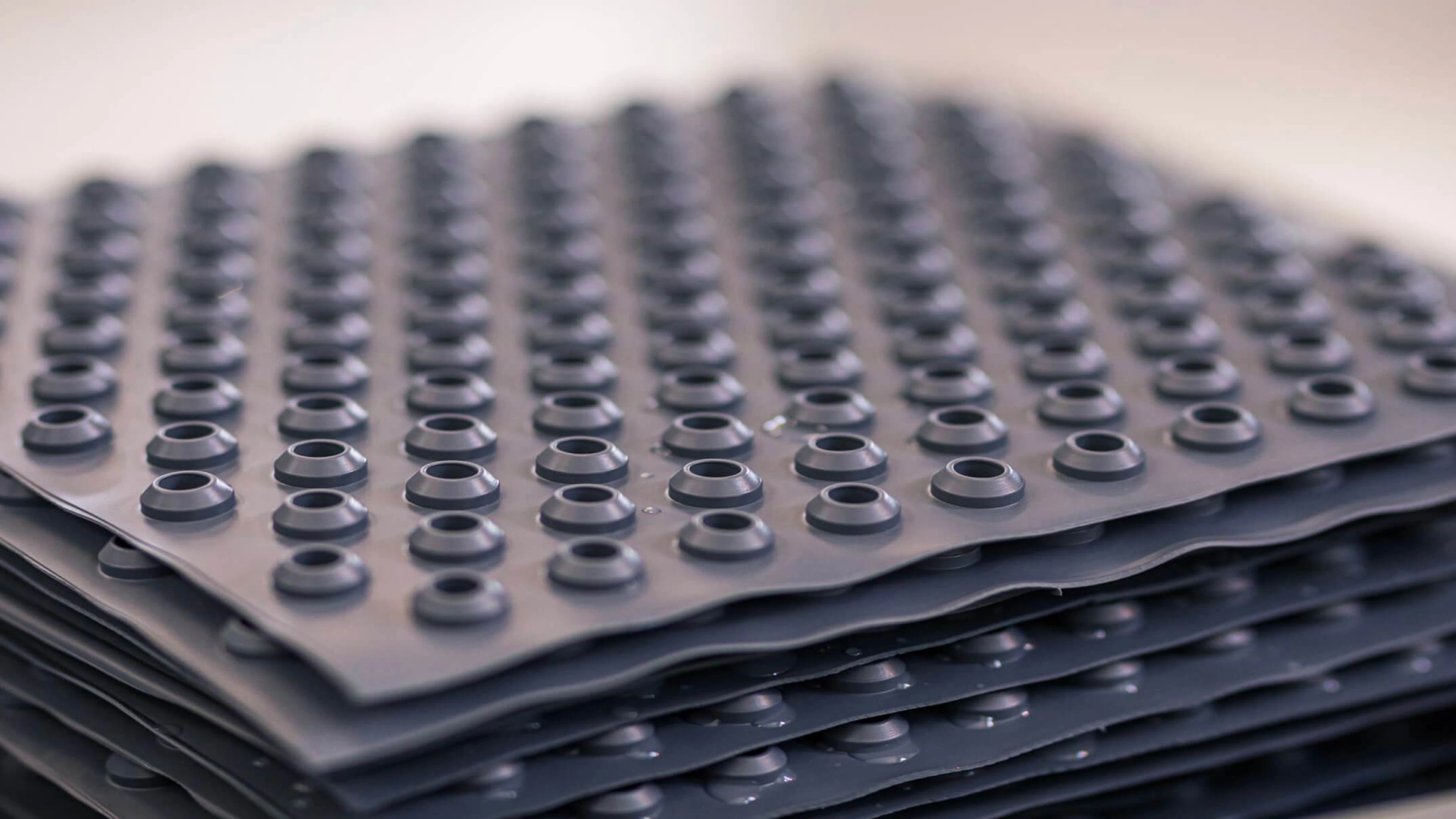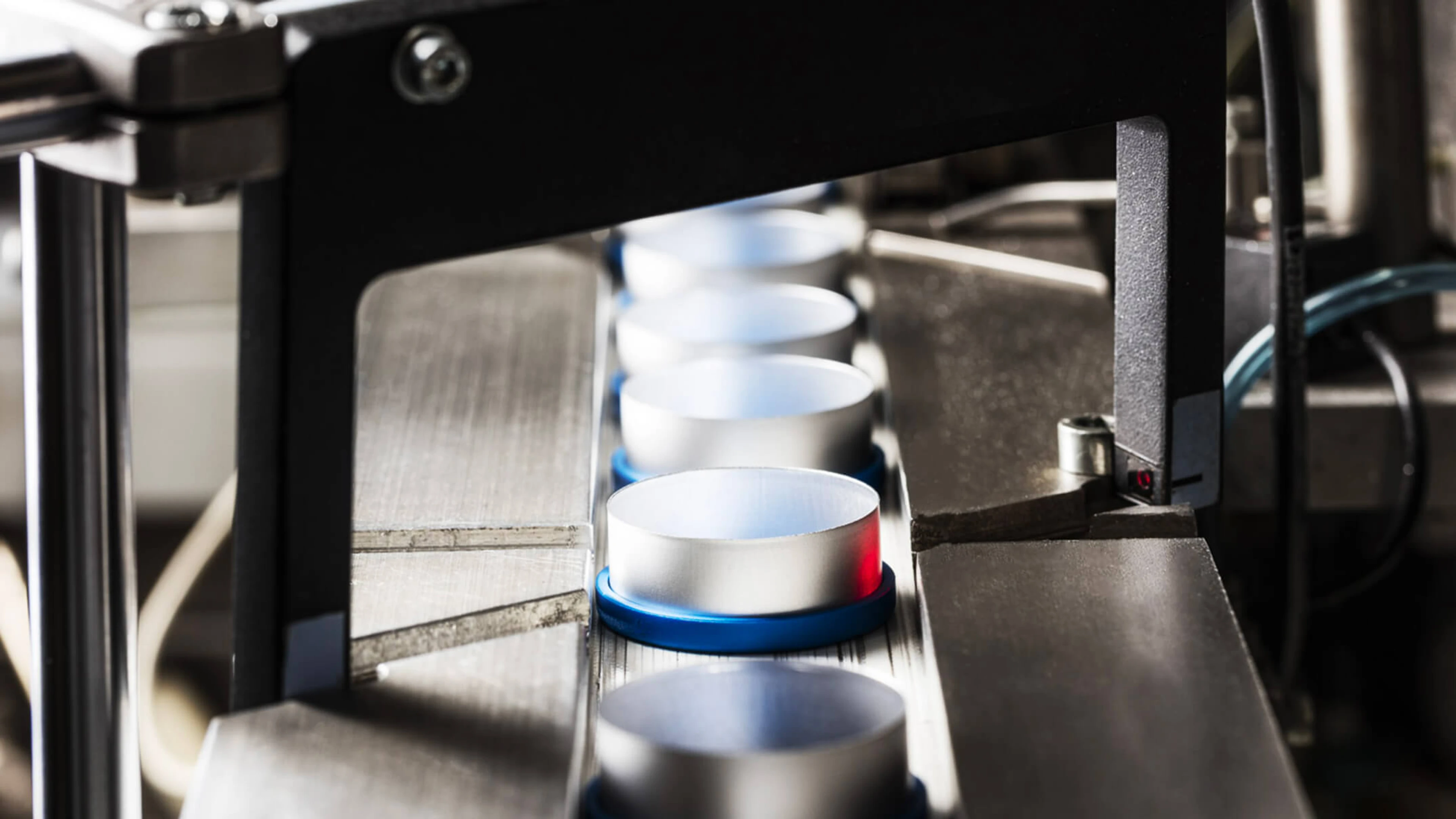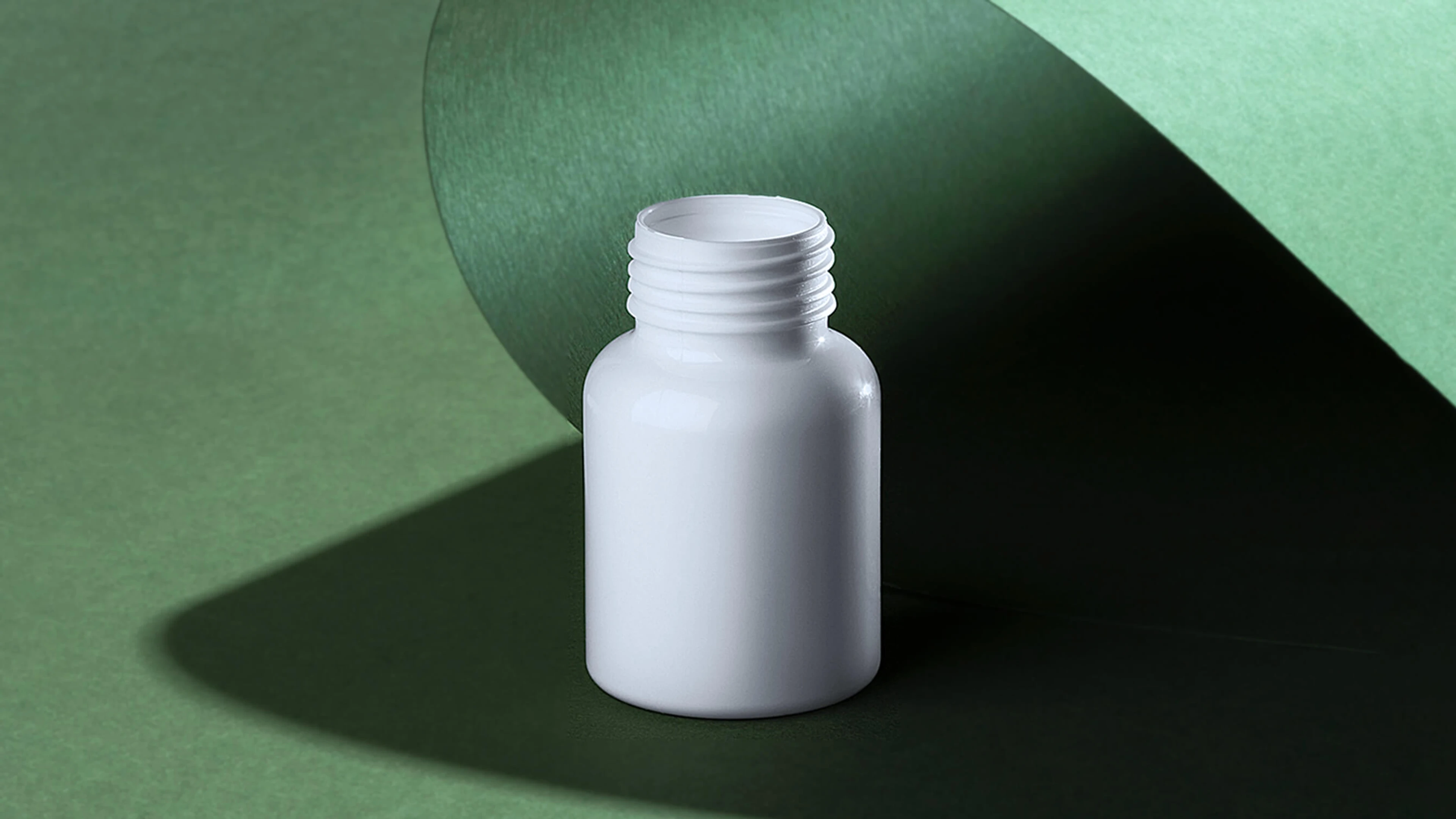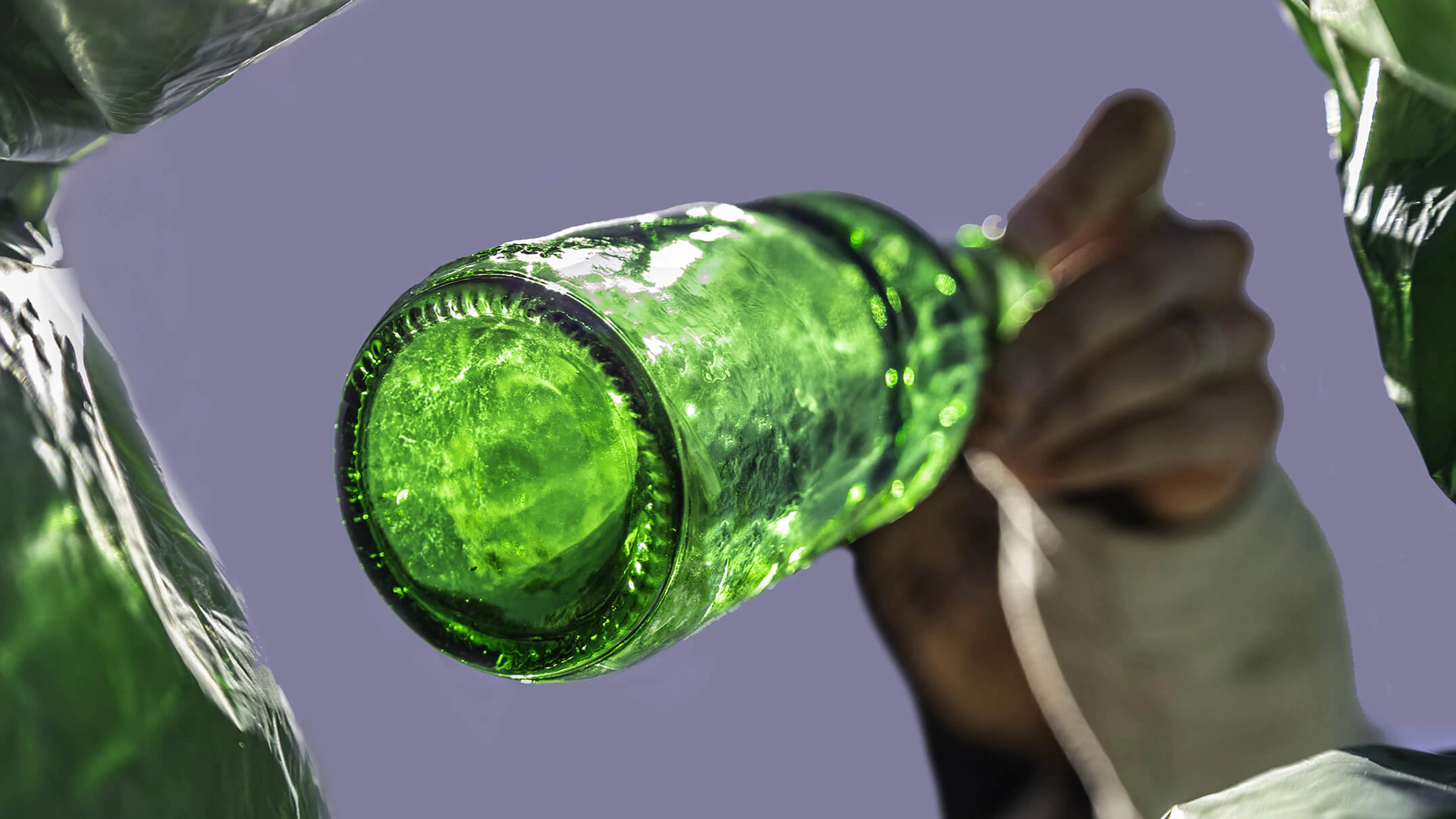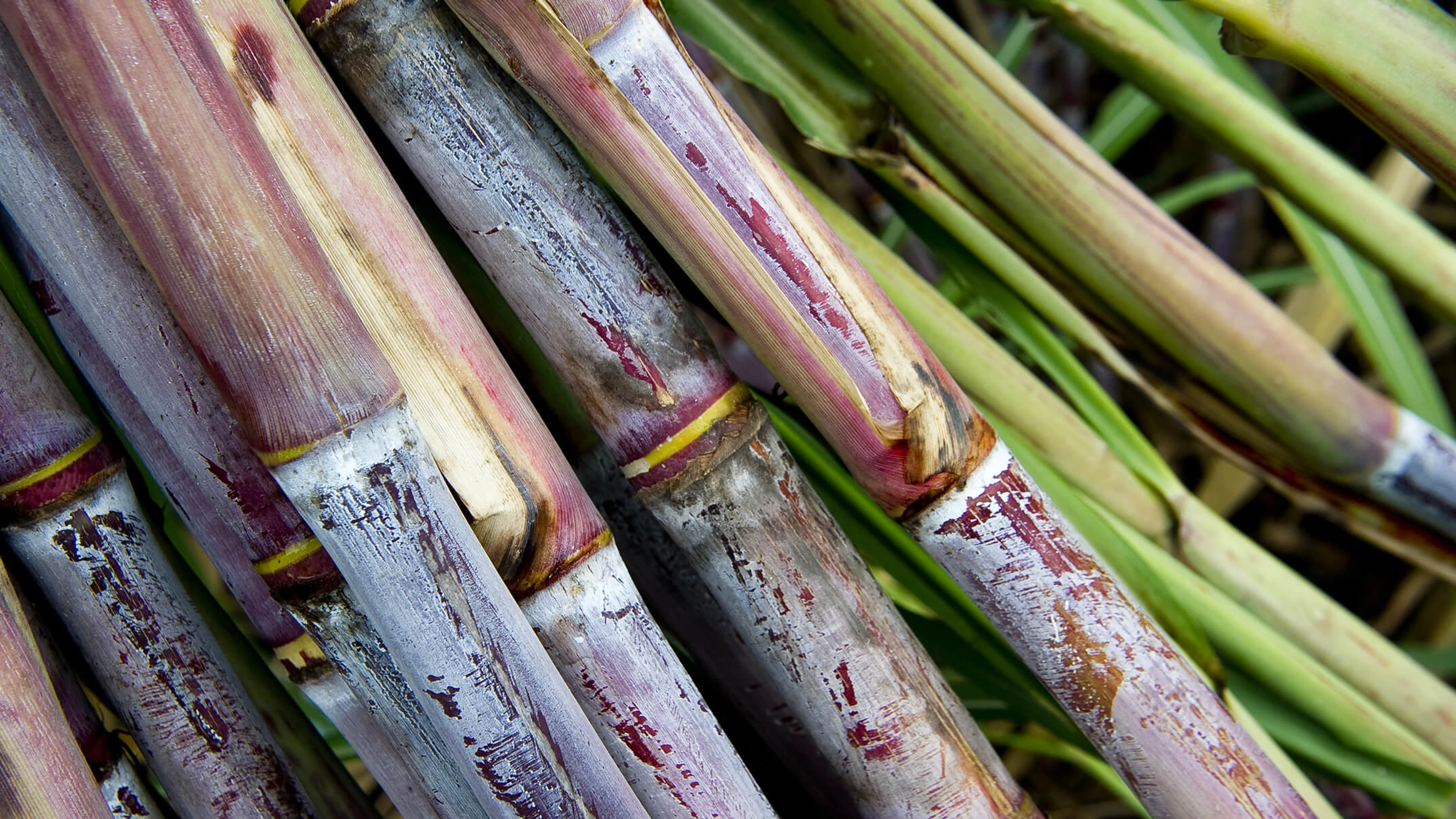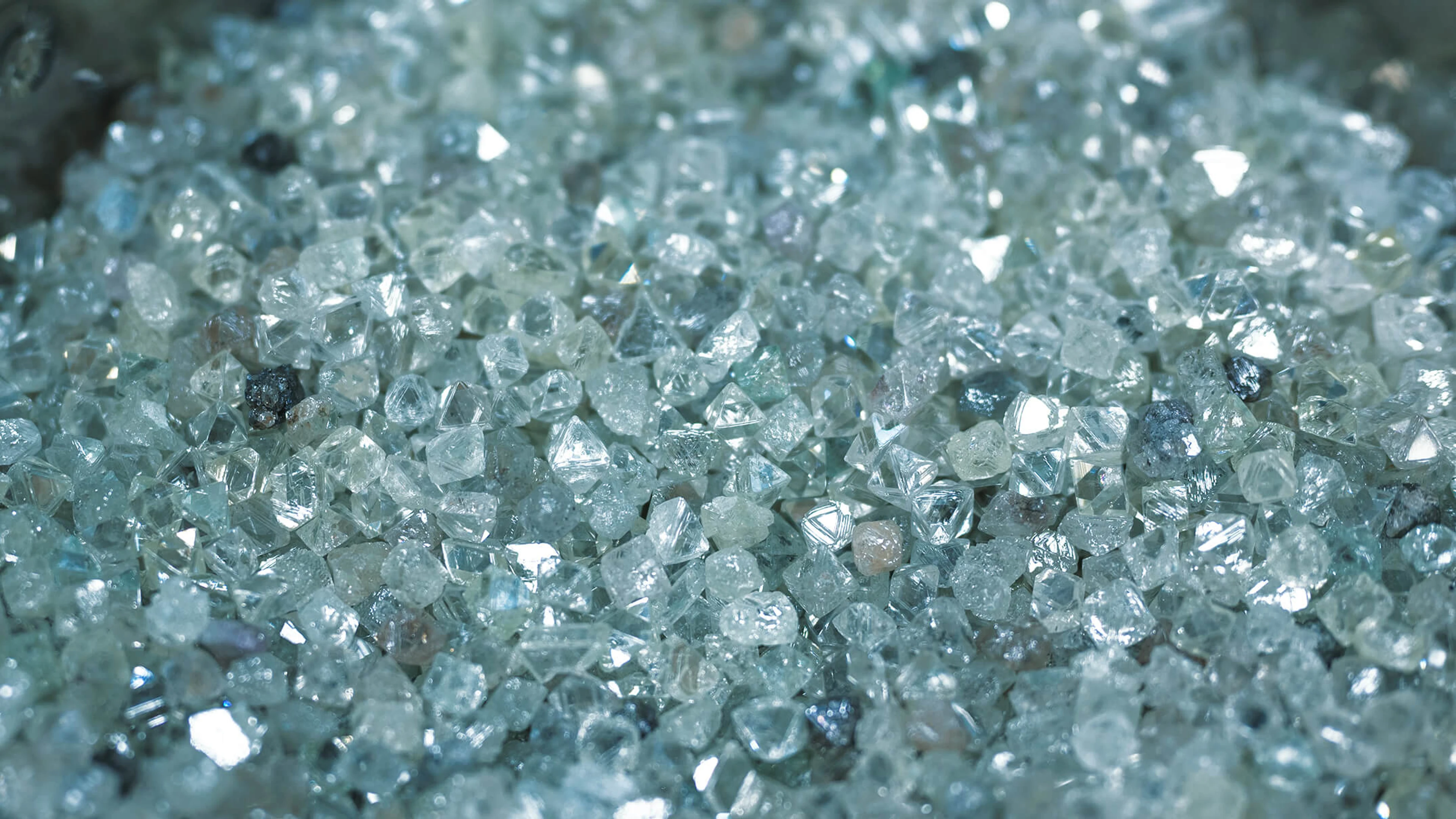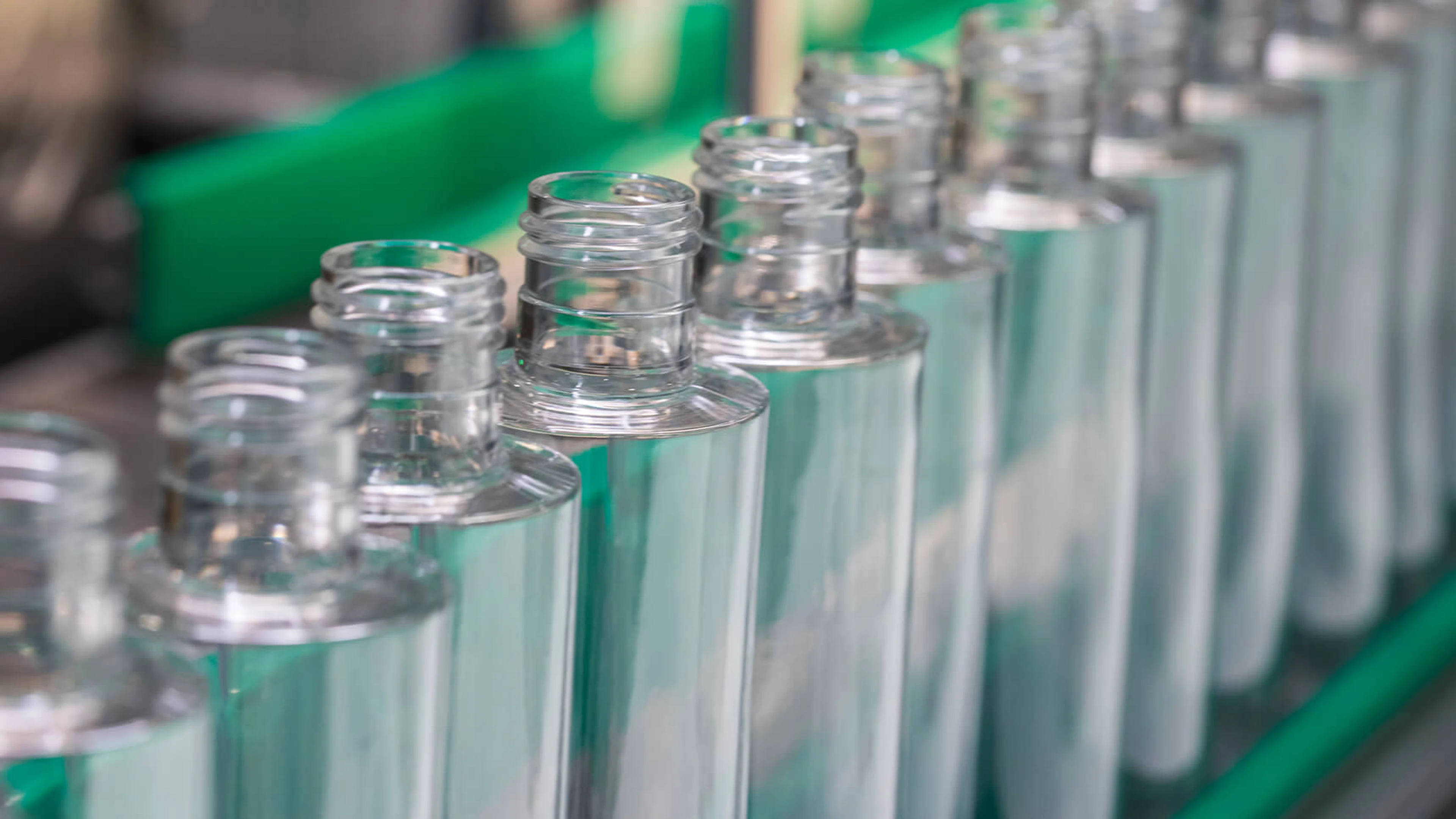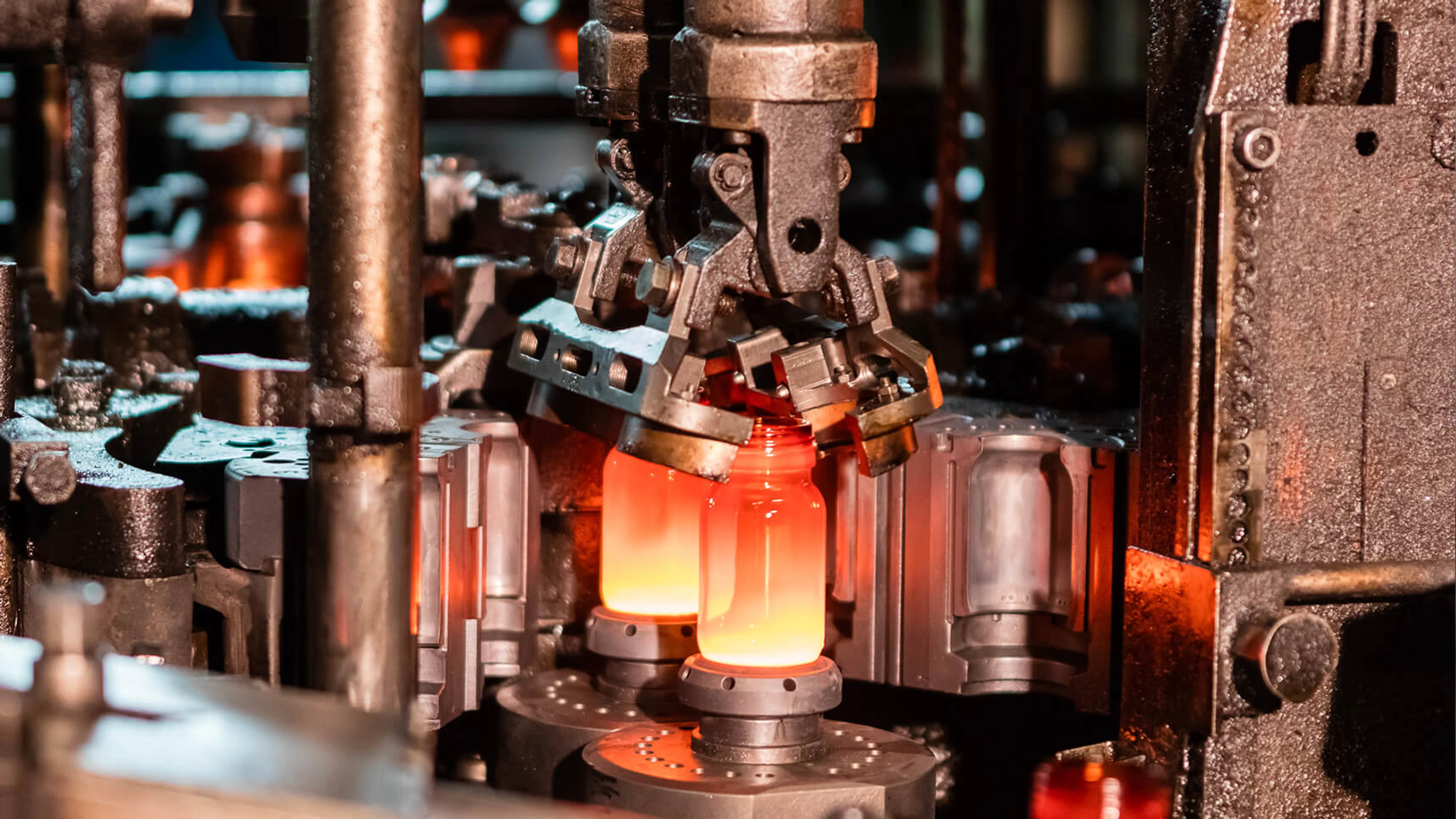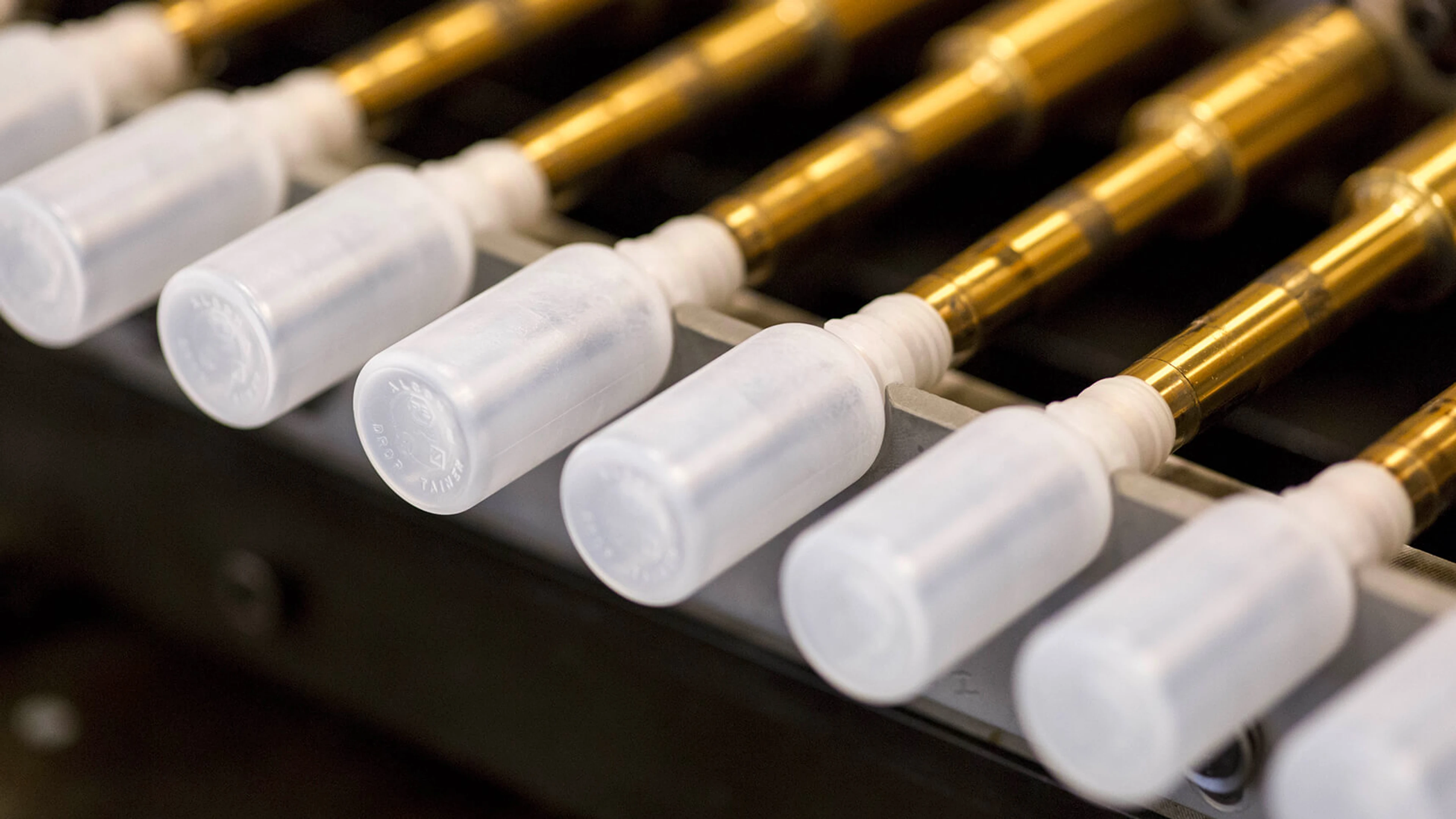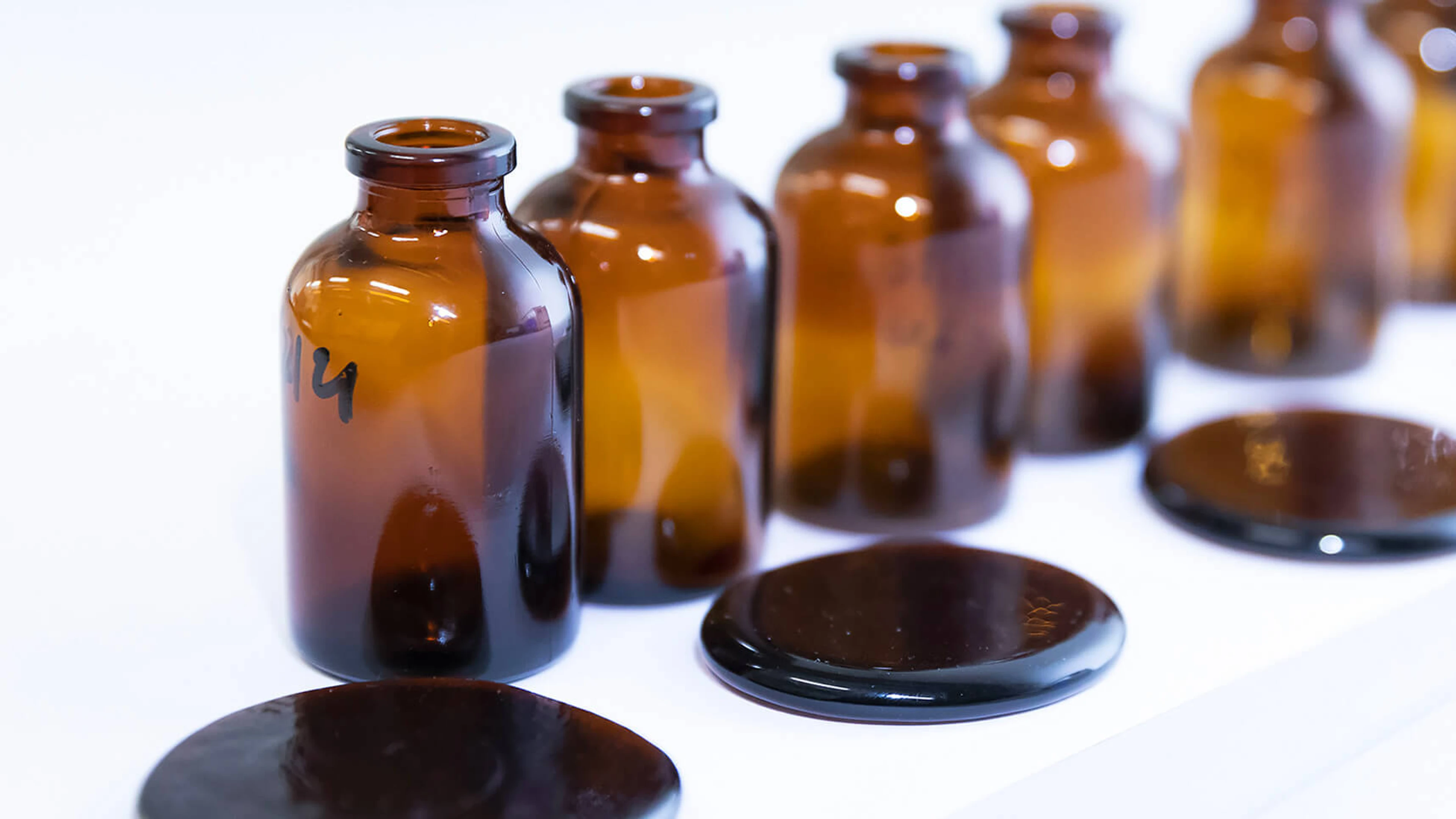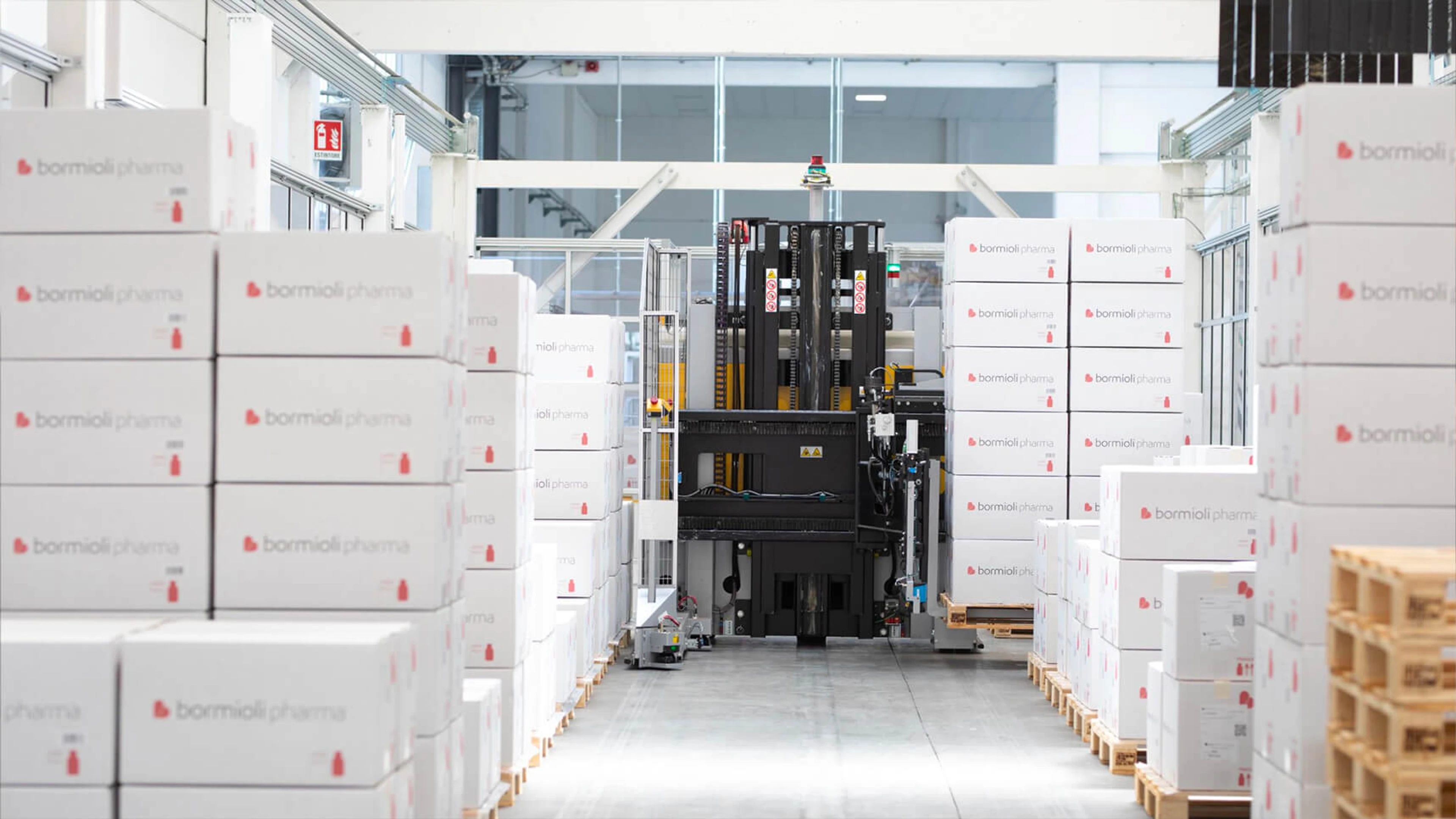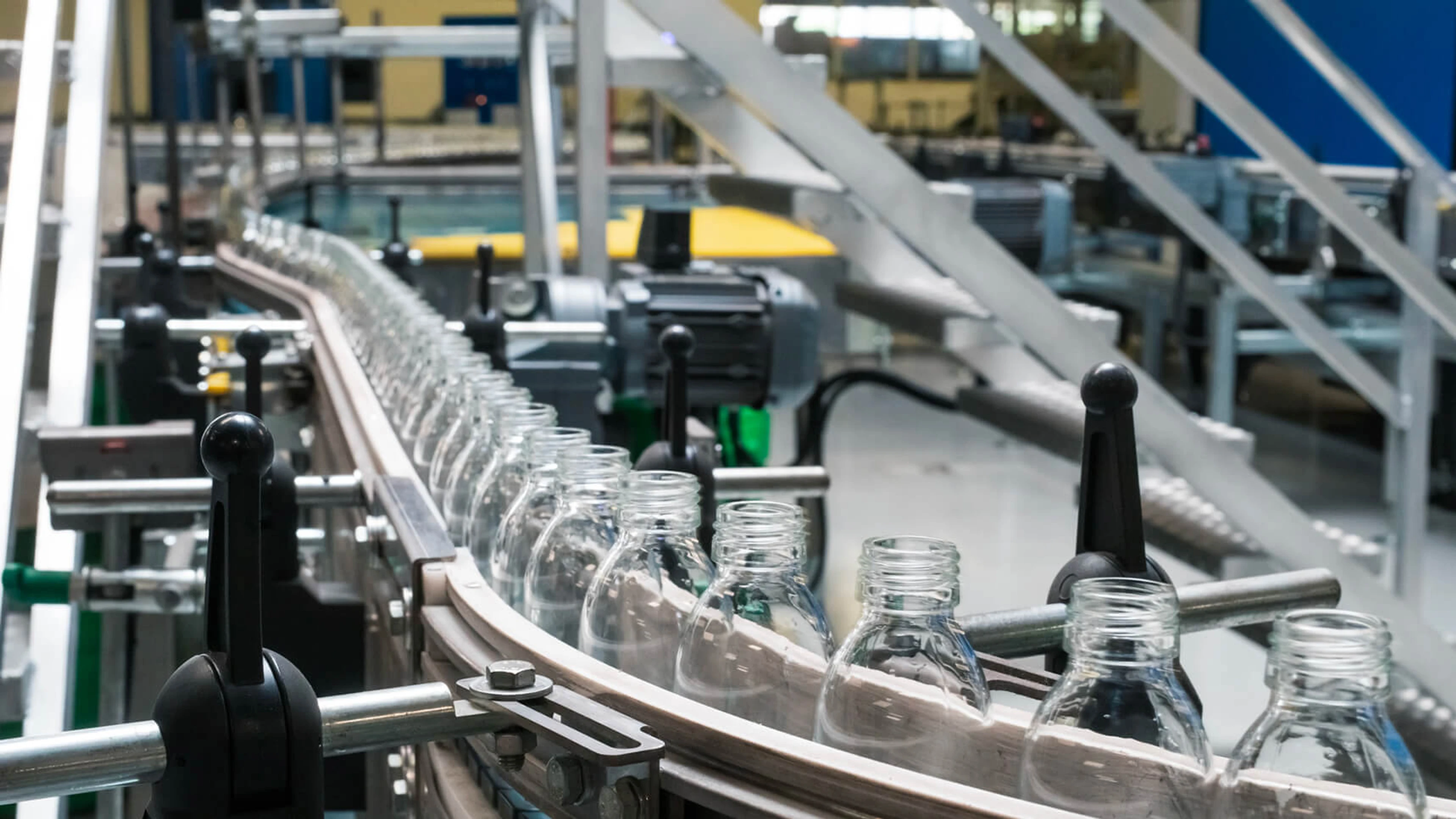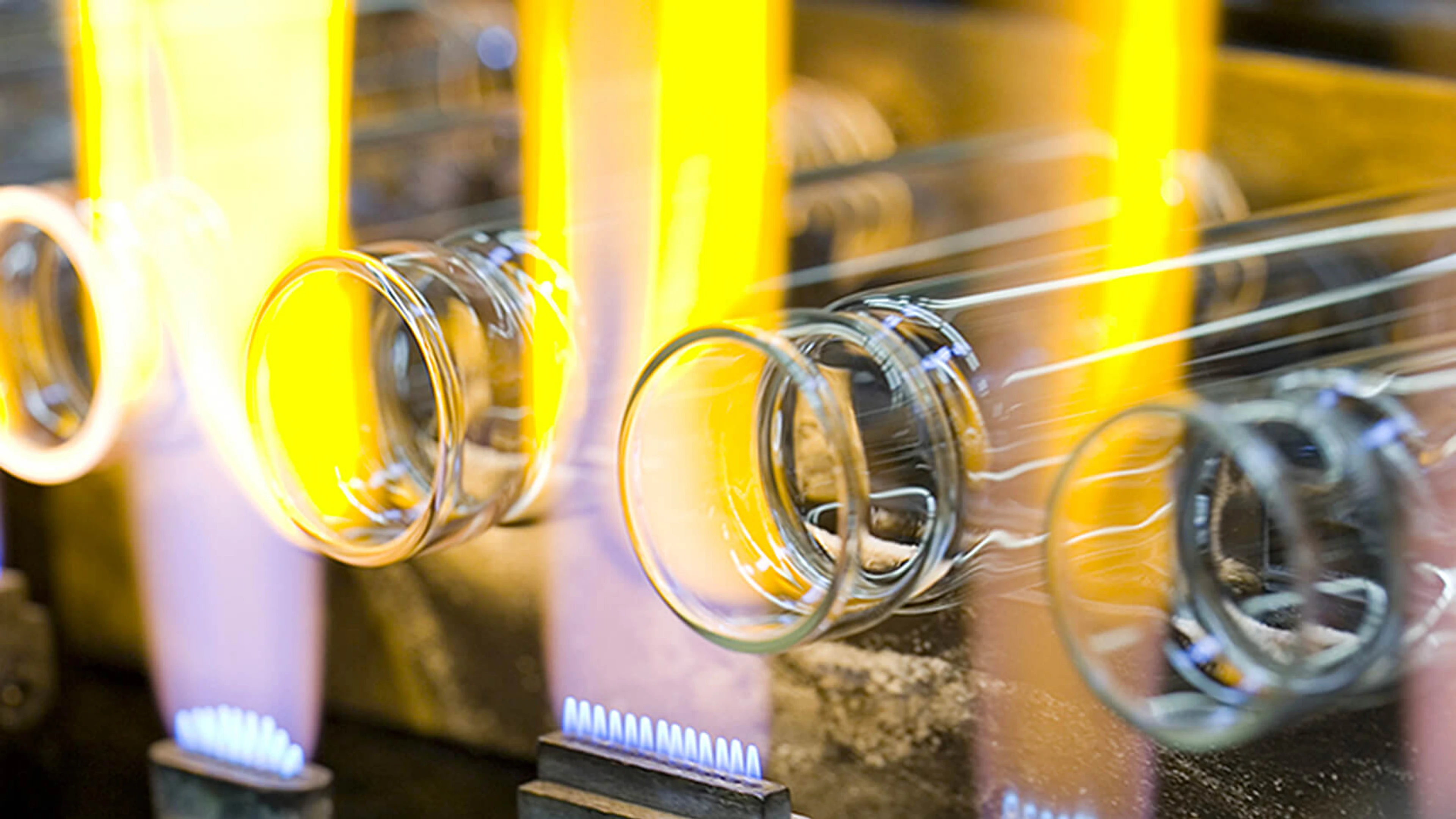Our products, our passion
Two centuries of experience, over 1400 highly skilled professionals, and 9 GMP pharma certified factories. Our commitment to health is shaped by the processing of glass, plastic, rubber and aluminum.
The result of ever-evolving experience
We manage all stages of pharmaceutical packaging creation, from design to production, and after-sales services. Our solutions continuously evolve to meet the ever-changing needs of our customers, and to intercept the emerging needs of the pharmaceutical industry.
Continuous innovation
We perfect our products every day, through incremental research and development work, controlling materials, updating processes, and adapting quality standards to the need to always improve the reliability, effectiveness, and sustainability of pharmaceutical packaging.
Radical innovation
Through our open and participatory innovation program, we engage partners, customers and users in designing new healthcare solutions, and devising sustainable business models. We share the path of product conception and development with our stakeholders to ensure a continuous cycle of innovation and to develop flexible and customized solutions as early as the pre-clinical stages of drug approval.
Shared innovation
We collaborate with institutions, universities, research centers, international consortia, nonprofit companies, open innovation and innovation crowdsourcing platforms. As part of our partnerships, we elaborate projects for the development of increasingly reliable and sustainable materials, the design of new treatments and manufacturing processes, and the design of prototypes and next-generation solutions. At the same time we support accessibility and social inclusiveness projects, and we also support scientific research and talent growth.
200 years of glassmaking expertise
At our plants in Bergantino, San Vito al Tagliamento, Altenfeld and Bad Königshofen, we are skilled in the two main glass transformation processes: molding and tubular glass processing. For molded glass, we use two different technologies that provide maximum flexibility to our solutions. From raw materials to output controls, we manage the entire production chain.
Raw materials and pre-forming
The raw materials from which processing starts arrive in our glass factories. For molded glass, silica sand, soda ash and other components are melted in furnaces; for tubular glass, semi-finished glass tubes are processed in specific forming machines. Both processes rely on heat: the transformation of the materials occurs by increasing temperature, which allows them to be shaped and given form. In the case of both mold glass and tubular glass, three different types of glass are formulated--Type I, Type II, and Type III--characterized by different chemical and physical properties, and ideal for providing answers to all the needs of the pharmaceutical industry.
Molded glass
The glass, which is melted at 1600 C° is conveyed to the molding machines, which allow the finished product to be molded through two different molding technologies. The "blow-blow" technique relies on an initial blowing stage to create a vacuum in the preform, which is then shaped by another jet of air and assumes its final shape. By contrast, the "press-blow" technique uses a piston to create a vacuum in the preform, which is then blown to its final shape. Building on the technological knowledge gained over the years, we are constantly introducing innovations and refinements that enable us to develop highly flexible solutions, such as our Delta bottles.
Tubular glass
Semi-finished pipes, purchased from globally renowned European suppliers, are loaded onto the rotary machines used for their processing. The tubes are heated with high-temperature flames, cut and formed into their main parts, such as the bottom of the bottle, the shoulder and the neck, resulting in the final shape.
Secondary processes
After the forming stage, both molded glass and tubular glass pass through an annealing furnace that ensures the removal of residual stresses in the material, stabilizing the structure of the glass and increasing its strength. Other secondary treatments are also applied, such as siliconizing and sulfurization, which improve the performance of the products, and make them more resistant to mechanical and chemical stresses, and more suitable for in-line processing.
Inspections and quality control
After the secondary processes, the bottles go through a series of checks that ensure the perfect integrity and quality of the finished product. High-precision machinery equipped with high-resolution cameras performs multiple 100% inspections on automated lines, which check the aesthetic, functional, chemical and mechanical aspects of the product, such as resistance to axial load, internal pressure and thermal shock. These tests are supplemented throughout the production process by manual statistical checks, combining the input of advanced technology and human experience. On exit, each batch is inspected by a Quality Control Manager, who checks its compliance with quality and safety standards, and declares it ready for storage in the warehouse and subsequent supply to pharmaceutical companies.
Of a multi-technology platform for plastics
At our plants in Castelguelfo, Rivanazzano, Saint-Sulpice and Hinternah, we manufacture bottles, closures, pharmaceutical accessories and medical devices in plastic, employing all the major manufacturing technologies available. We have developed specific expertise in processing the most common existing polymers-such as PET, PP, PE, COC, and PEN-which we have been supplementing for more than 15 years with an ongoing search for sustainable materials, including bio-plastics and plastics from recycling and CO2 recovery.
Raw materials and pre-forming
The plastic granules from which production starts come from a list of suppliers certified for quality and efficiency, whose compliance with standards is continuously monitored by our internal departments. At the compound preparation stage, the granules are mixed with additives that give the plastic the required properties, characteristics and colors, as in the case of the barrier properties of some of our most innovative products.
Forming
Through a plasticizing screw, the molten material is conveyed into a mold, and subjected to a forming process that differs depending on the technology used. Specifically, we use 5 different production processes in our plants, which are compression (CM), injection (IM), injection-blow molding (IBM), injection-stretch-blow molding (ISBM) and extrusion (EBM).
Clean room
Part of our plastic production takes place in ISO7 and ISO8 clean rooms, special controlled production environments that limit the presence of particulate matter and ensure continuous control of essential parameters such as humidity, temperature and pressure. The air handling system is of paramount importance in these environments, maintaining the necessary sterile and aseptic conditions, as well as special access and dressing procedures.
Secondary processes
After forming, products go through secondary processes that help define the final product configuration. These include, for example, assembling semi-finished components, printing informative or decorative screen prints, and adding specific features directly requested by the customer.
Inspections and quality control
As with glass, controls are in place for each stage of the production cycle to ensure product integrity and conformity. The first inspection applies to incoming raw materials and includes verification of required certifications. Then a series of automatic checks in-line verify the aesthetic aspects, and the functional, mechanical and chemical tightness of the items. Also in the case of plastics, there are additional quality controls throughout the process that complement the checks carried out by the inspection machines. On exit, each batch is inspected by a Quality Control Manager, who checks its compliance with quality and safety standards, and determines whether it can be released and stored in warehouses.
Solid expertise in rubber processing and aluminum forming
The Vasto plant manufactures rubber and aluminum closing systems for pharmaceutical use, which extend our ranges by adding a further guarantee of safety, efficiency and flexibility to the solutions we provide.
Rubber
The rubber sheets arriving at the plant undergo a process of "vulcanization," which changes their molecular structure to increase their elasticity, strength, and viscosity. They are then die-cut and shaped in order to obtain the rubber fasteners. The products then pass inside the clean room, a so-called "contamination-controlled" environment in which there is active air filtration and constant monitoring of key environmental parameters. Here they are washed with purified water and subjected to treatments to improve their physical and chemical characteristics. Accurate inspections are also carried out on 100% of the parts in the clean room, using high-resolution vision systems.
Aluminum
Aluminum enters the plant in the form of very thin rolled sheets. Each roll is die-cut longitudinally to produce round circles, which are in turn shaped to make the aluminum ferrules, part of which make up the finished product. Some of the ferrules, on the other hand, undergo a second manufacturing process, which involves assembling them with a plastic disc to form a compound closure system, the tear-off closure.
The permanent search for sustainable solutions
For more than 15 years, our research has focused on sustainable materials and processes. To reduce the environmental impact of production, following the logic of a circular economy. Our sustainable glass and plastic products are brought together in the EcoPositive line, built around three different approaches.
Regenerate
These products come from the recycling of Type II and Type III glass and plastic from external supply chains, certified for pharmaceutical use. Chemical and mechanical processing of recycled materials allows regeneration of the raw material - glass granules or powder - that forms the basis of the new processing cycle.
Renew
These products come from the use of raw materials of plant origin, which means they are fully renewable and derived exclusively from sources not intended for human consumption. The processing and transformation of these raw materials then yields the components needed to create the polymer, starting a new cycle of plastic production.
Reloop
These are products obtained by processing and reintroducing waste elements into the production cycle: on the one hand, carbon dioxide, which through a chemical process can be captured and transformed into molecules that make up the polymer structure of plastics; on the other hand, type I glass production residues, which are fully reused and reintroduced into the glass processing cycle.
